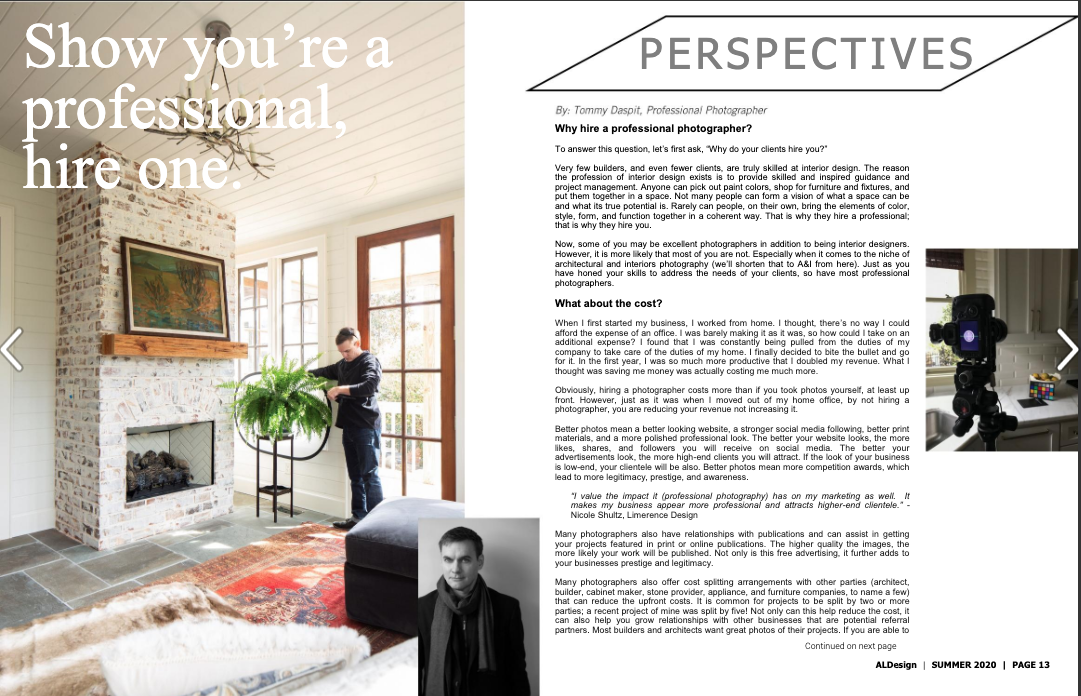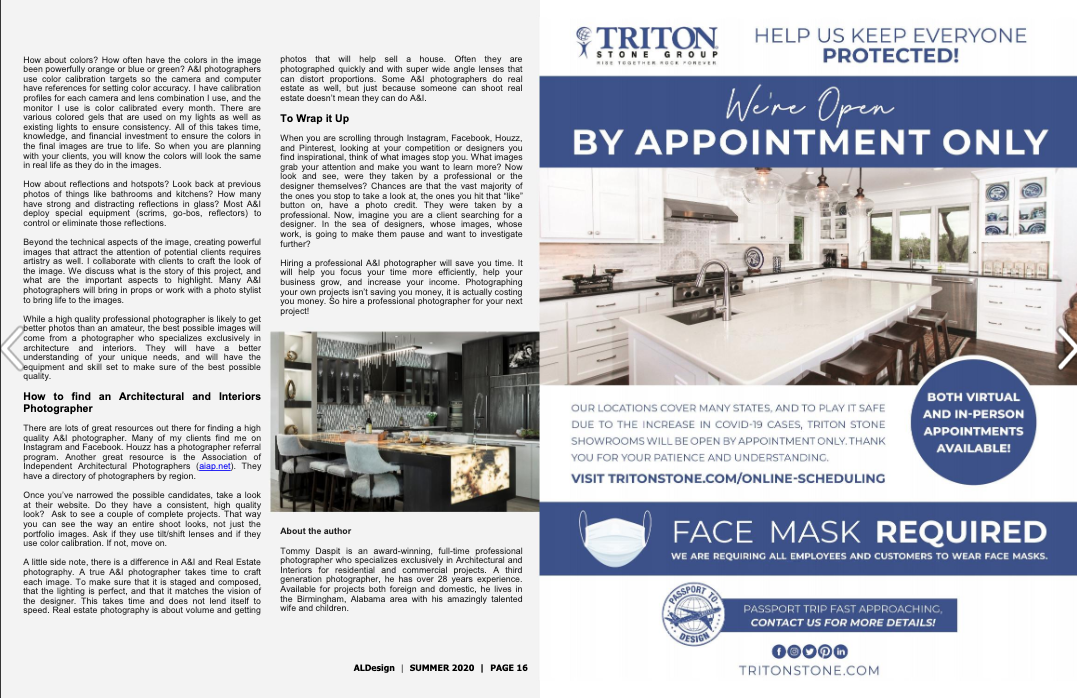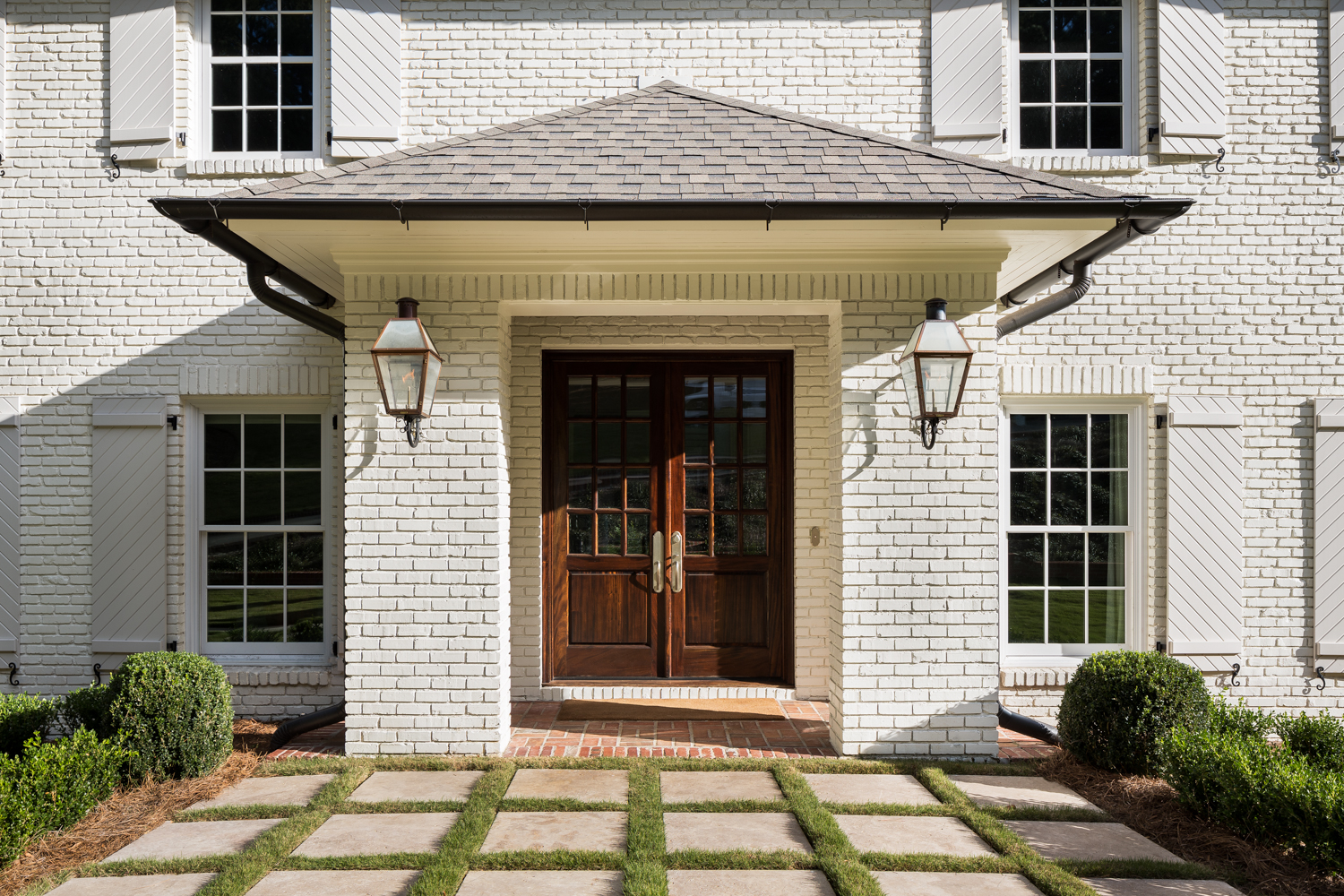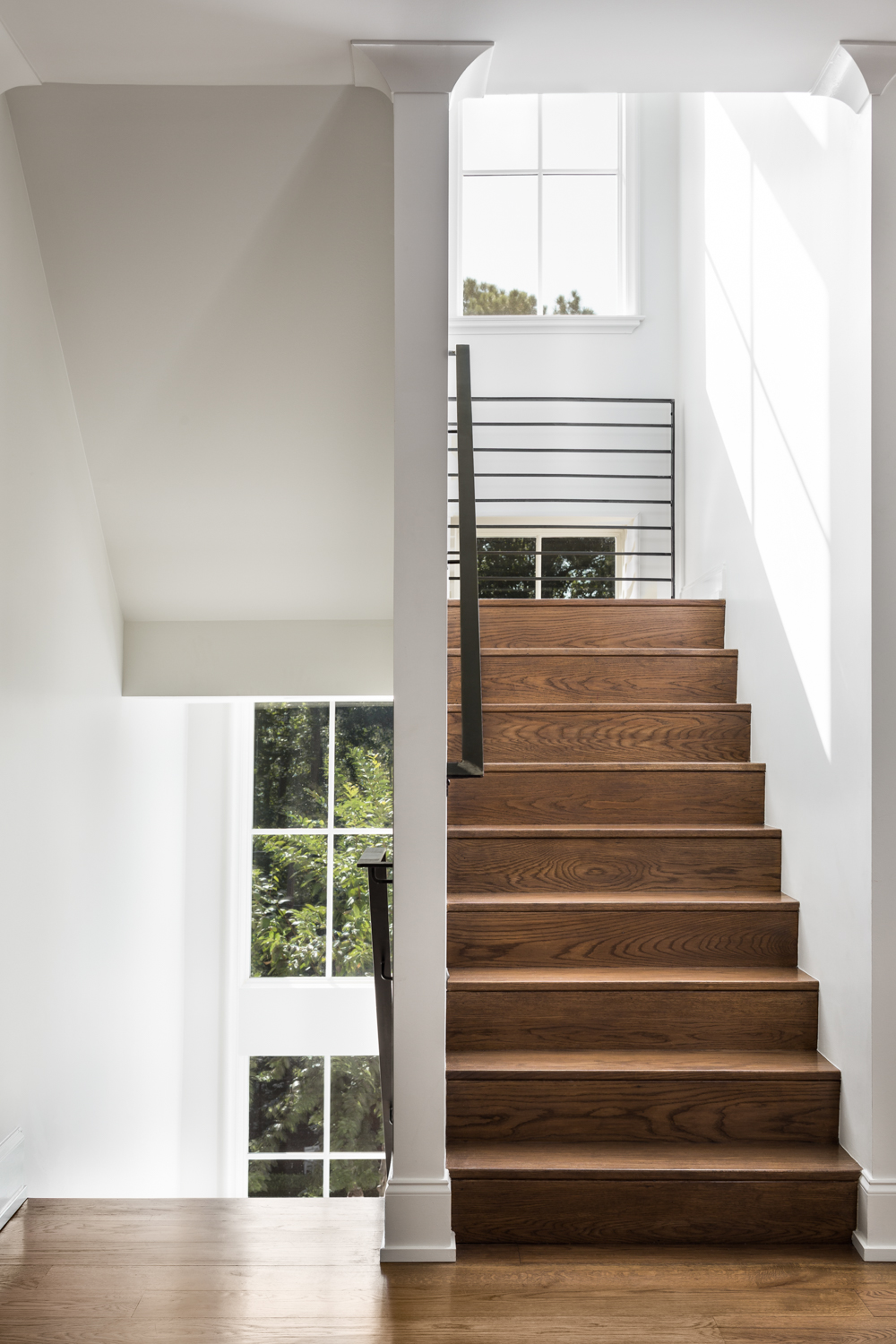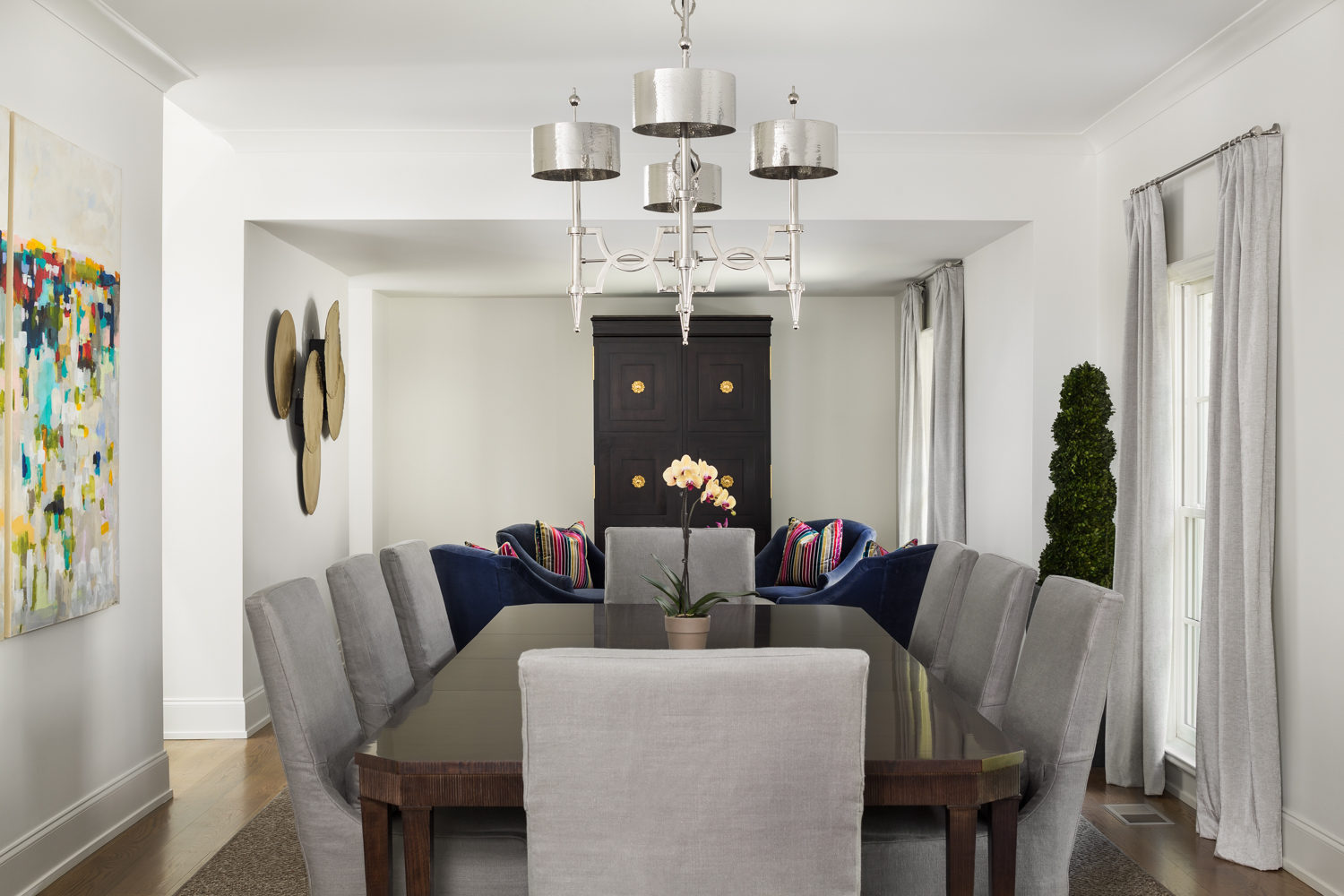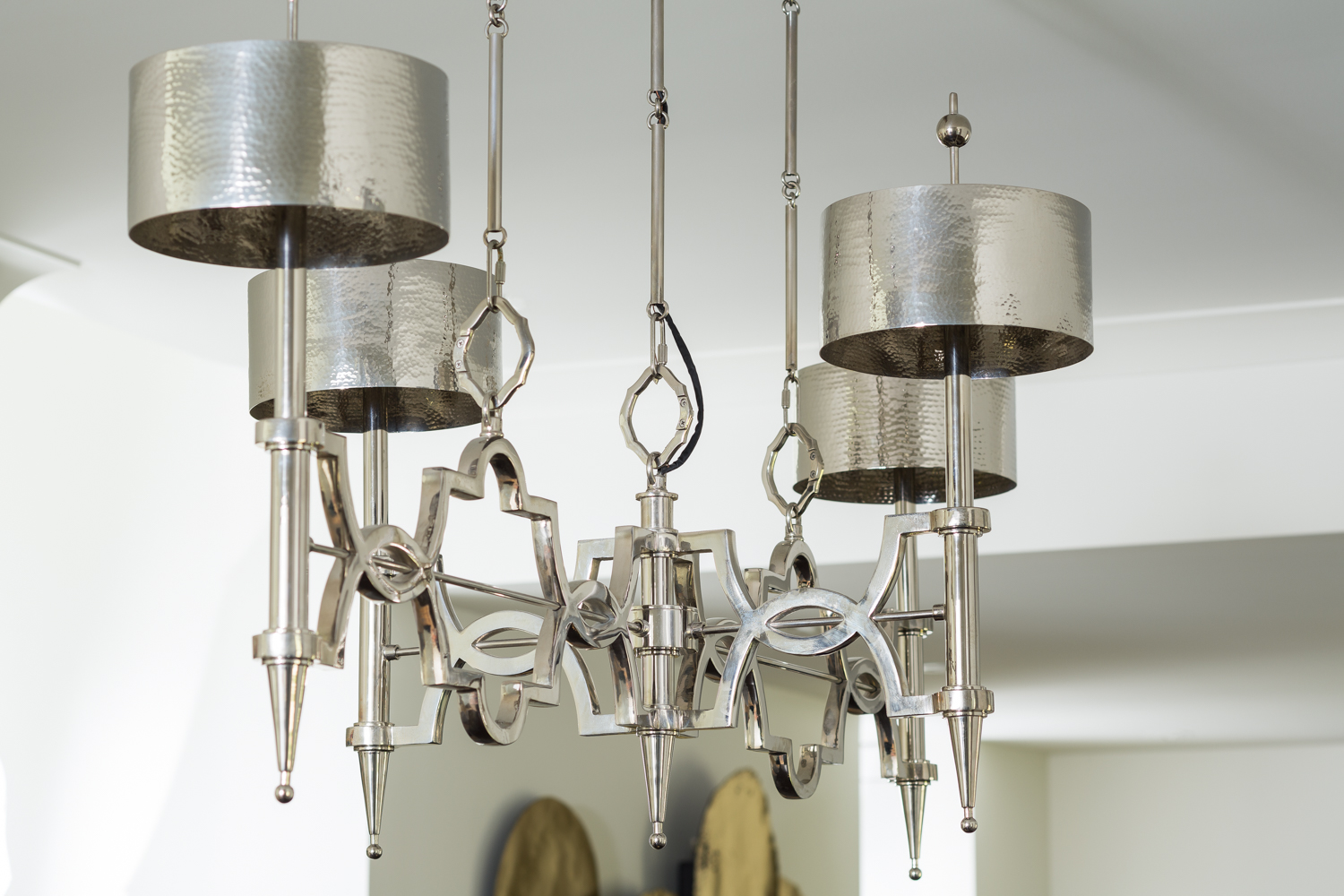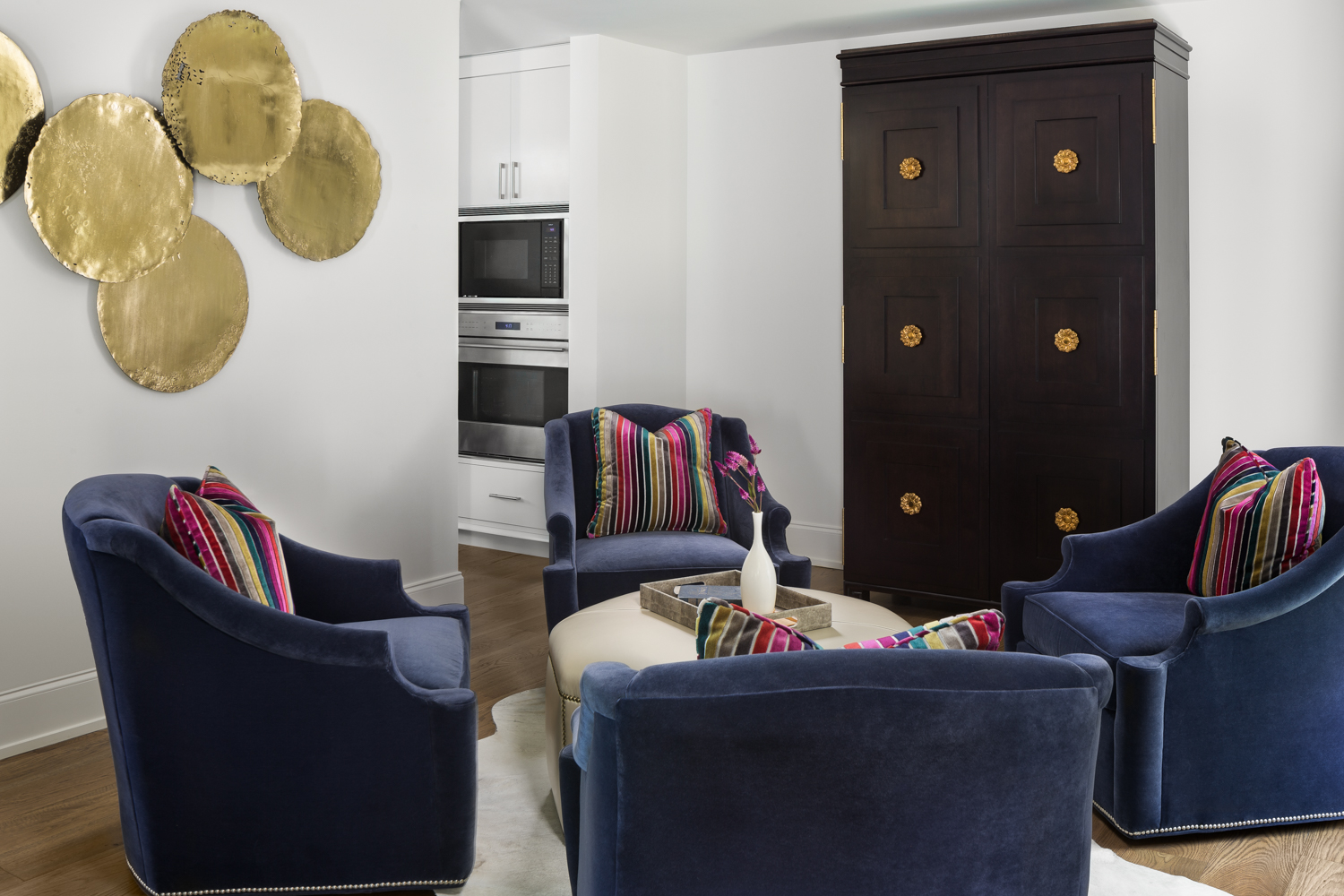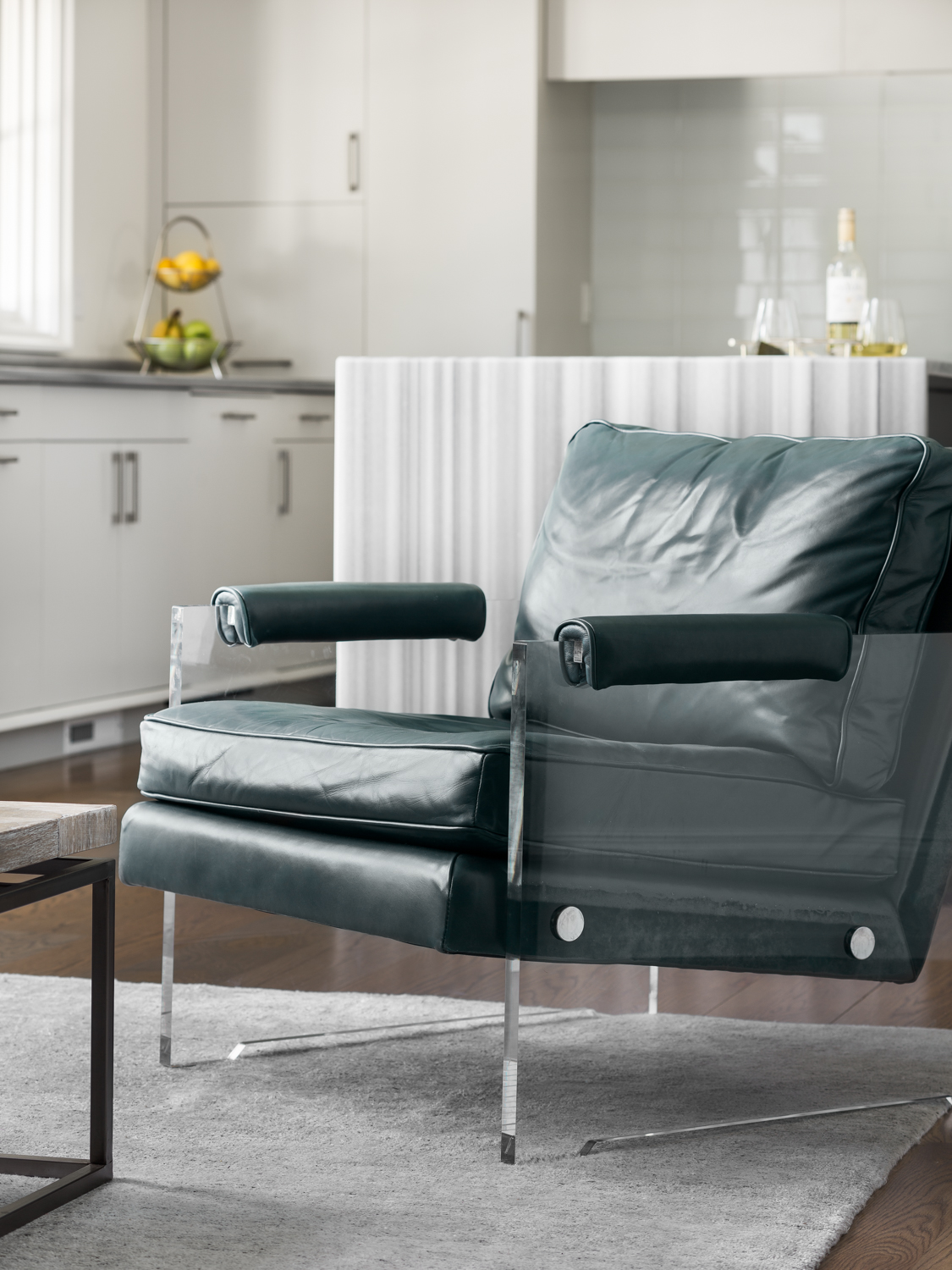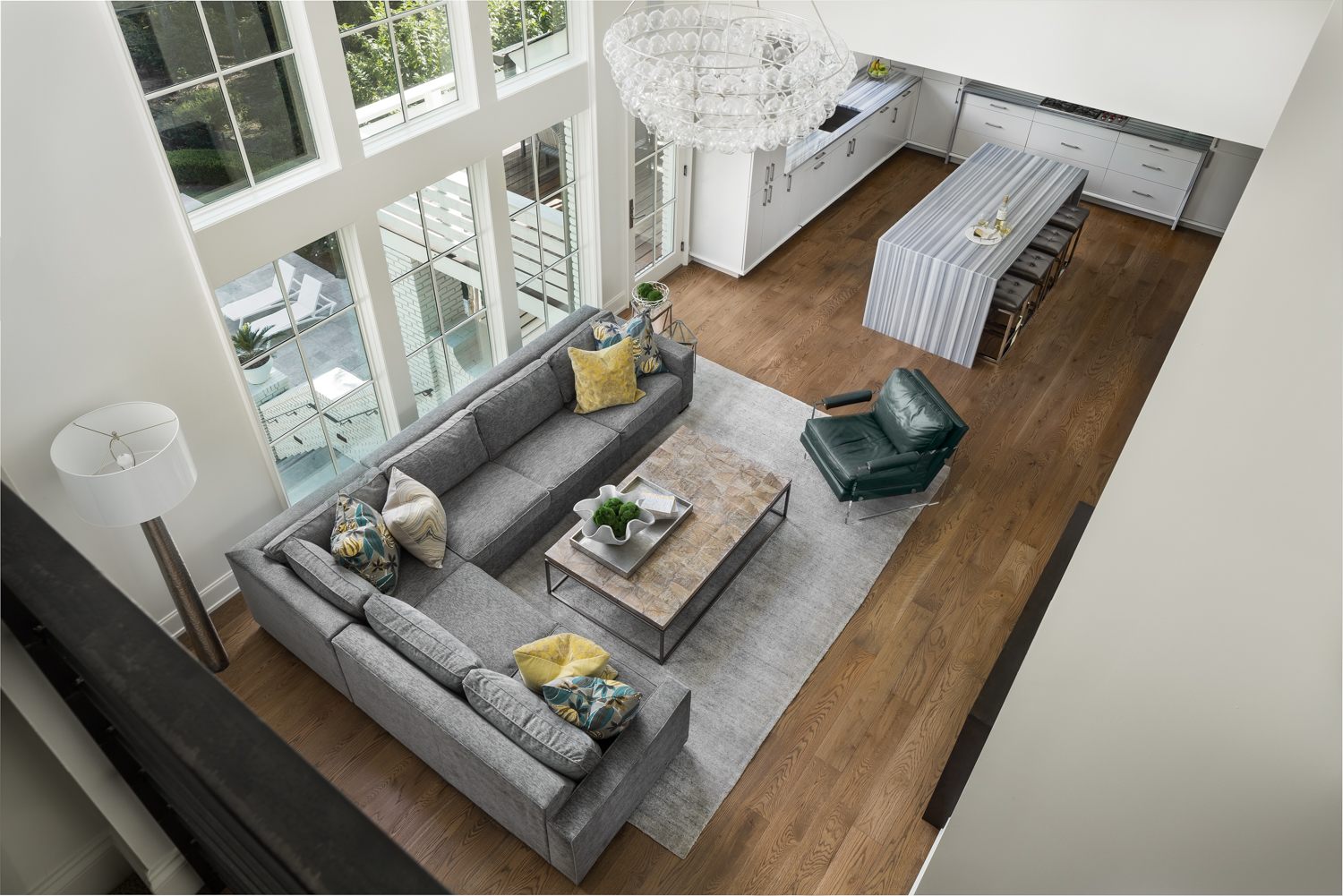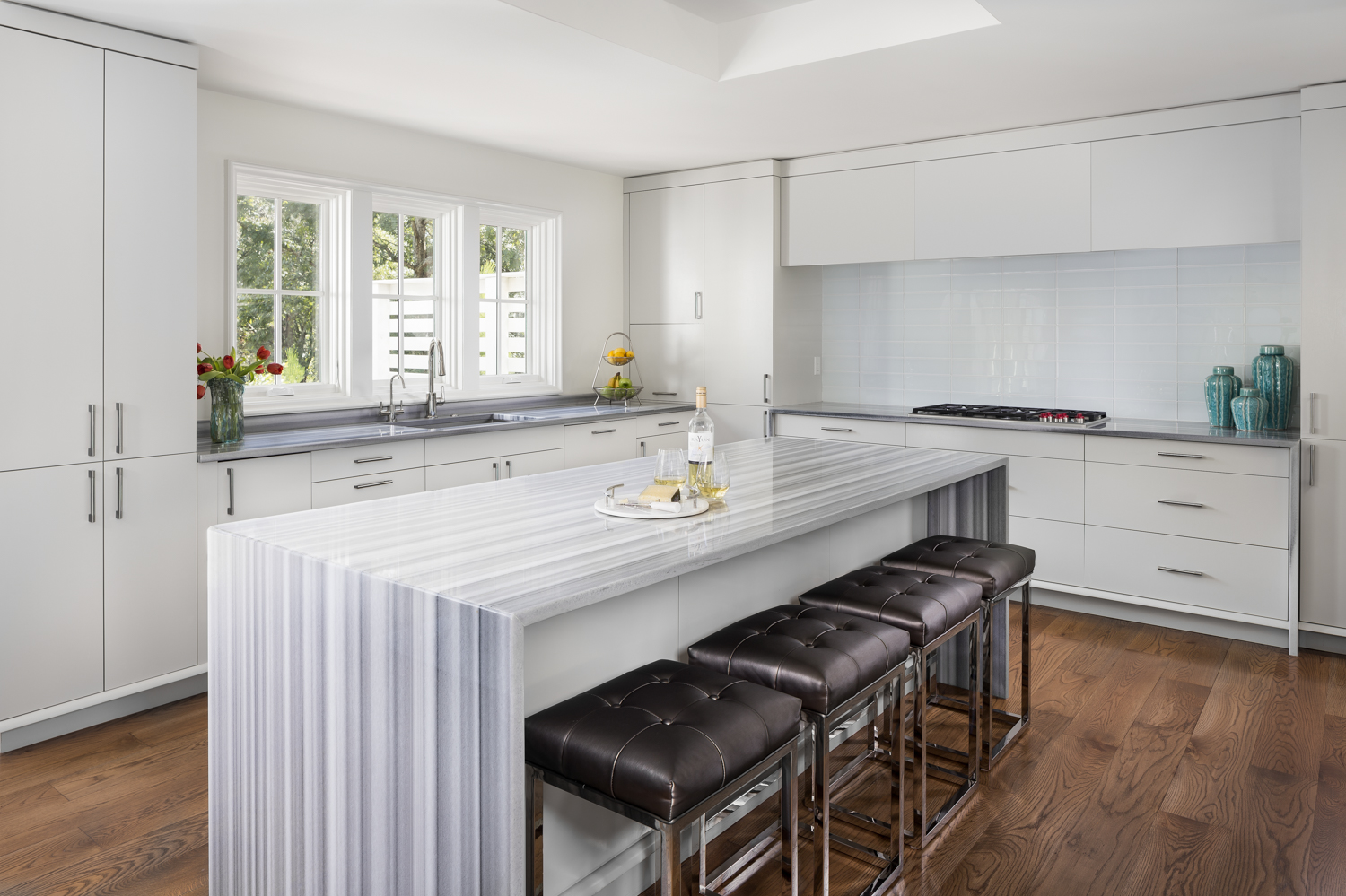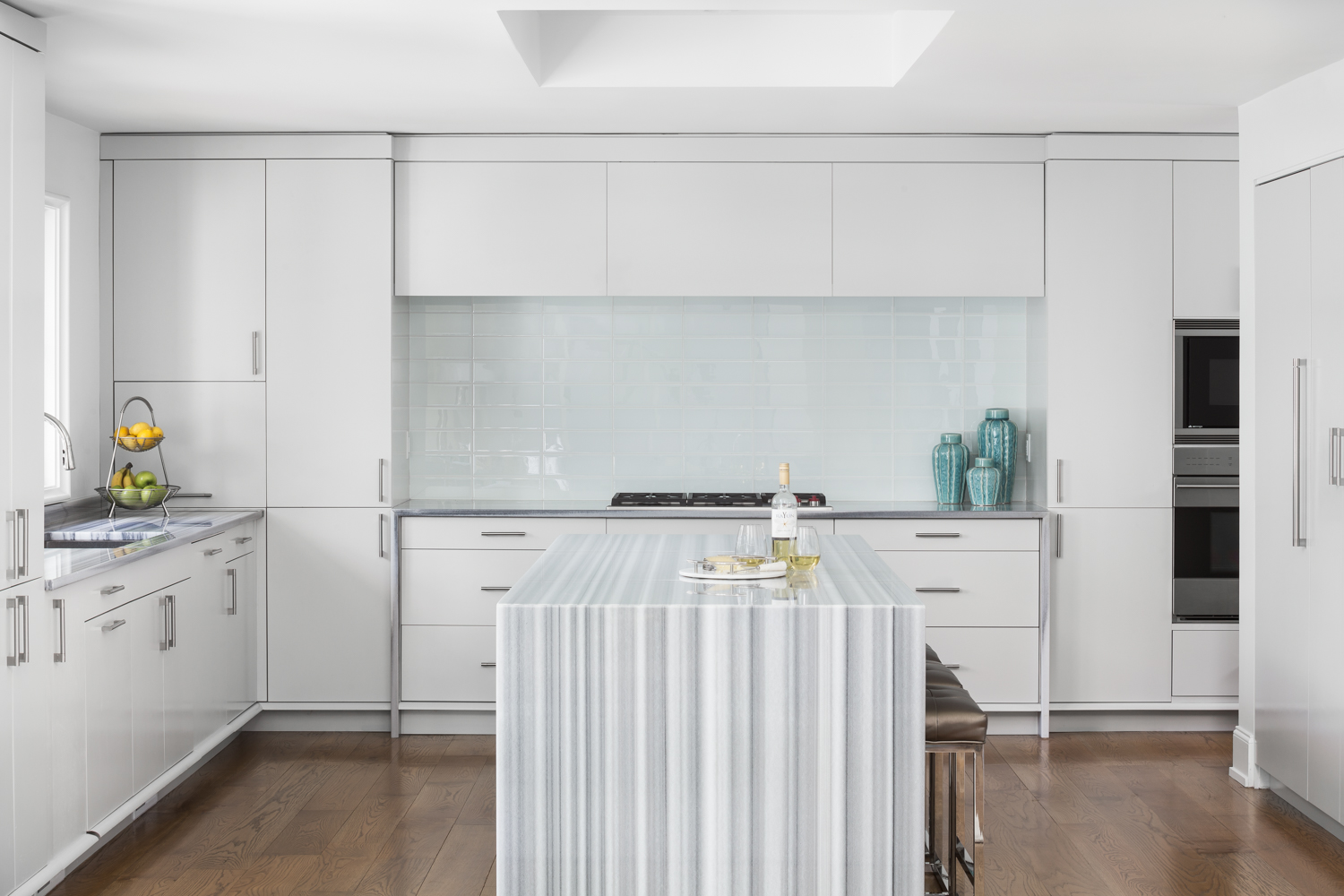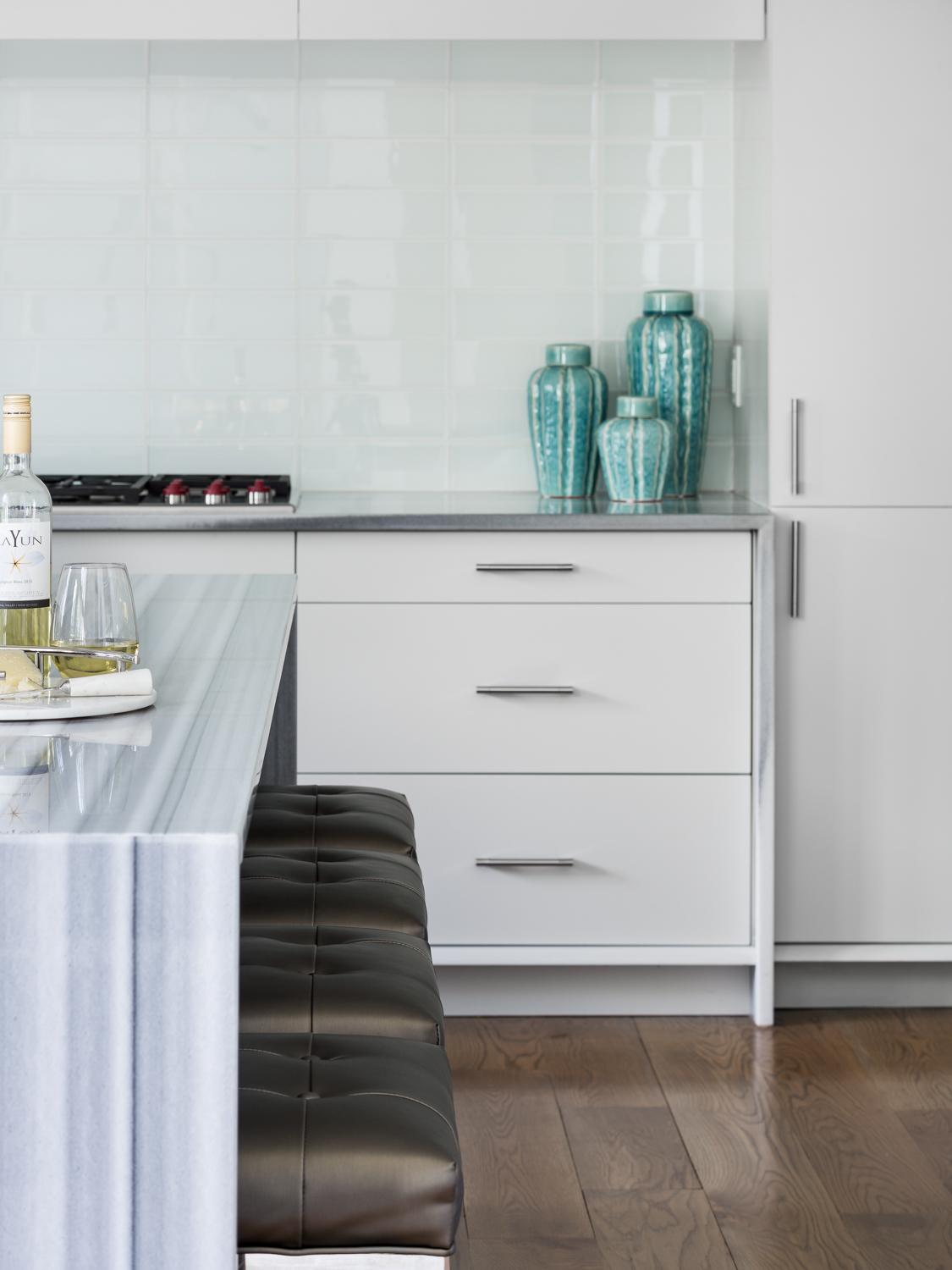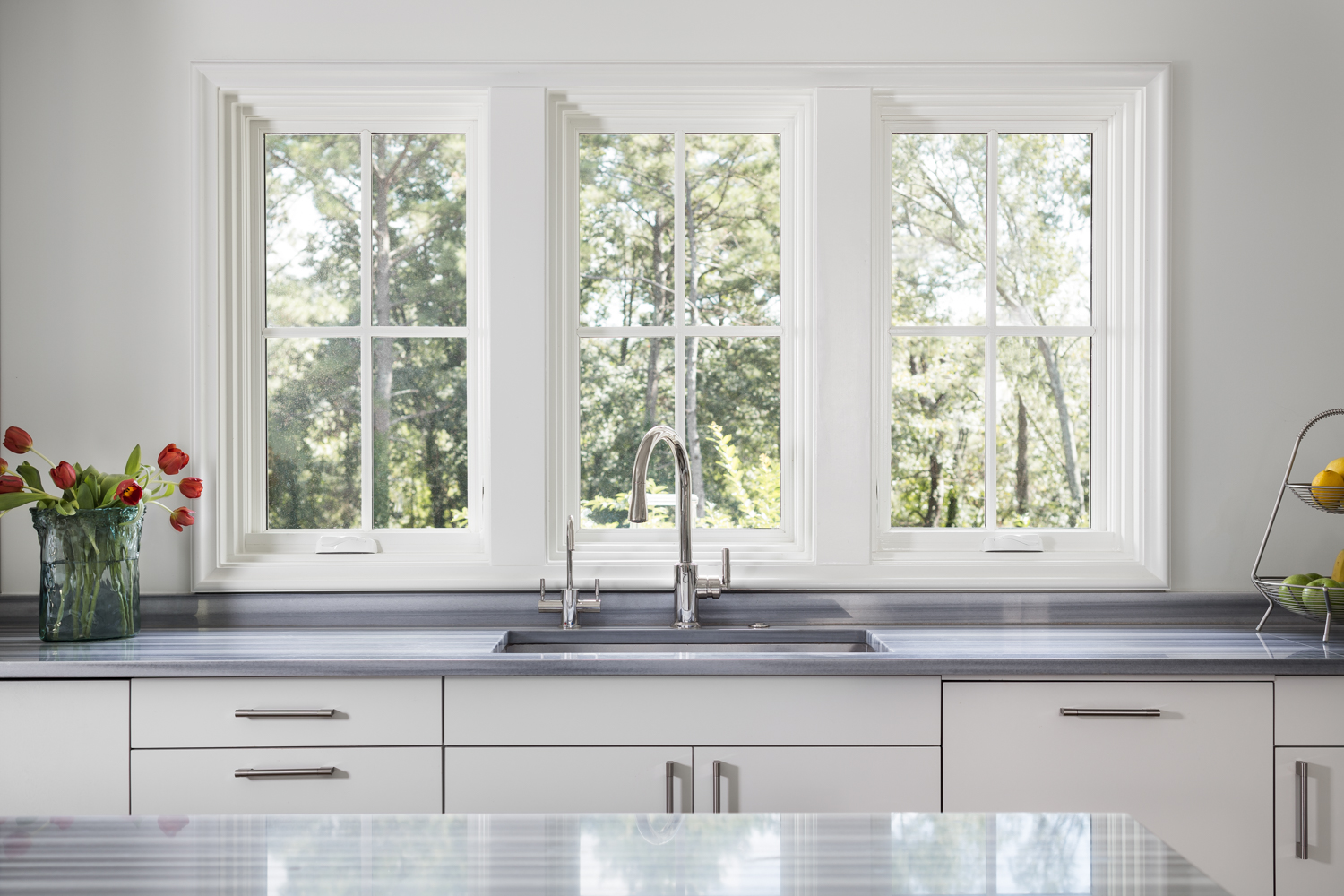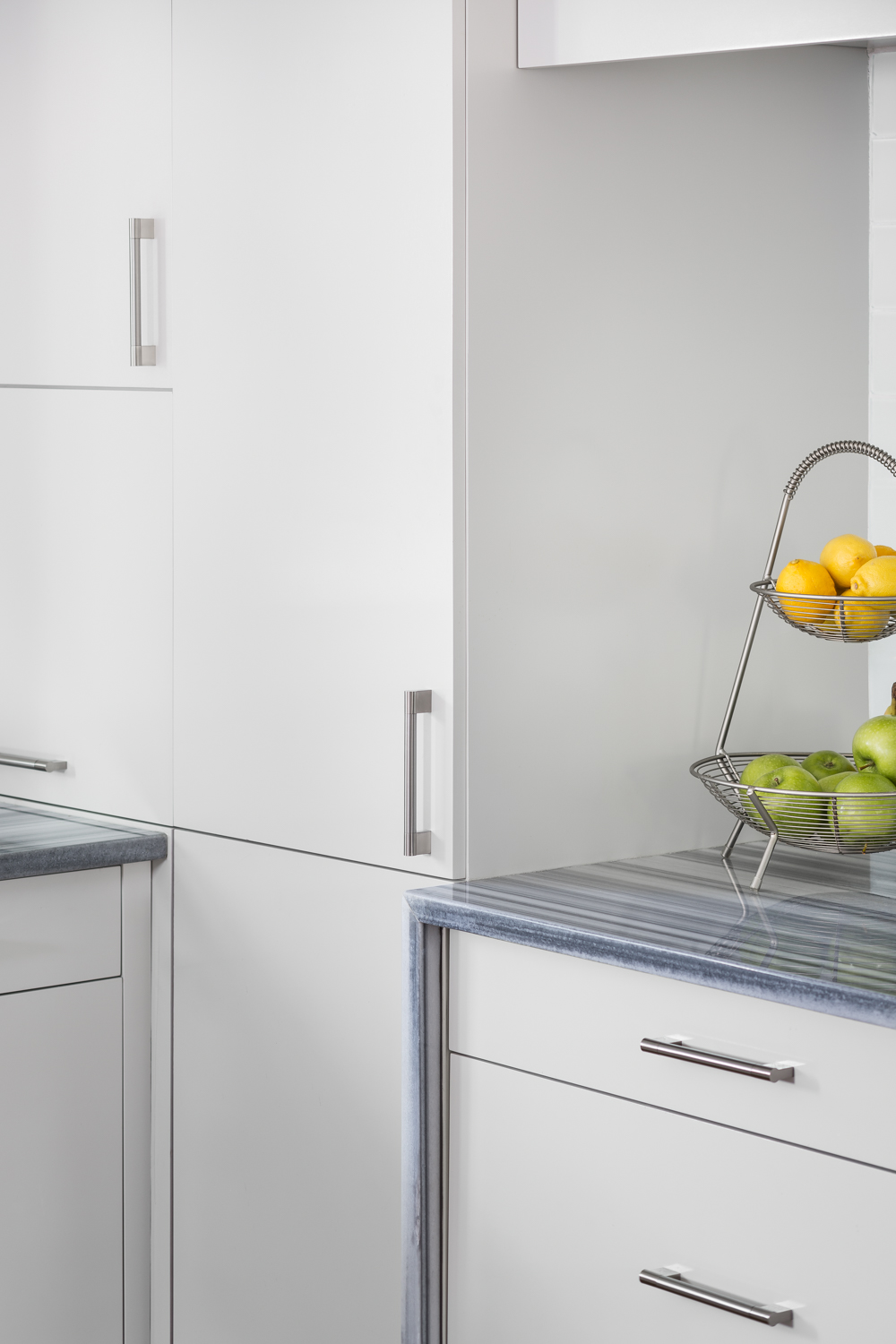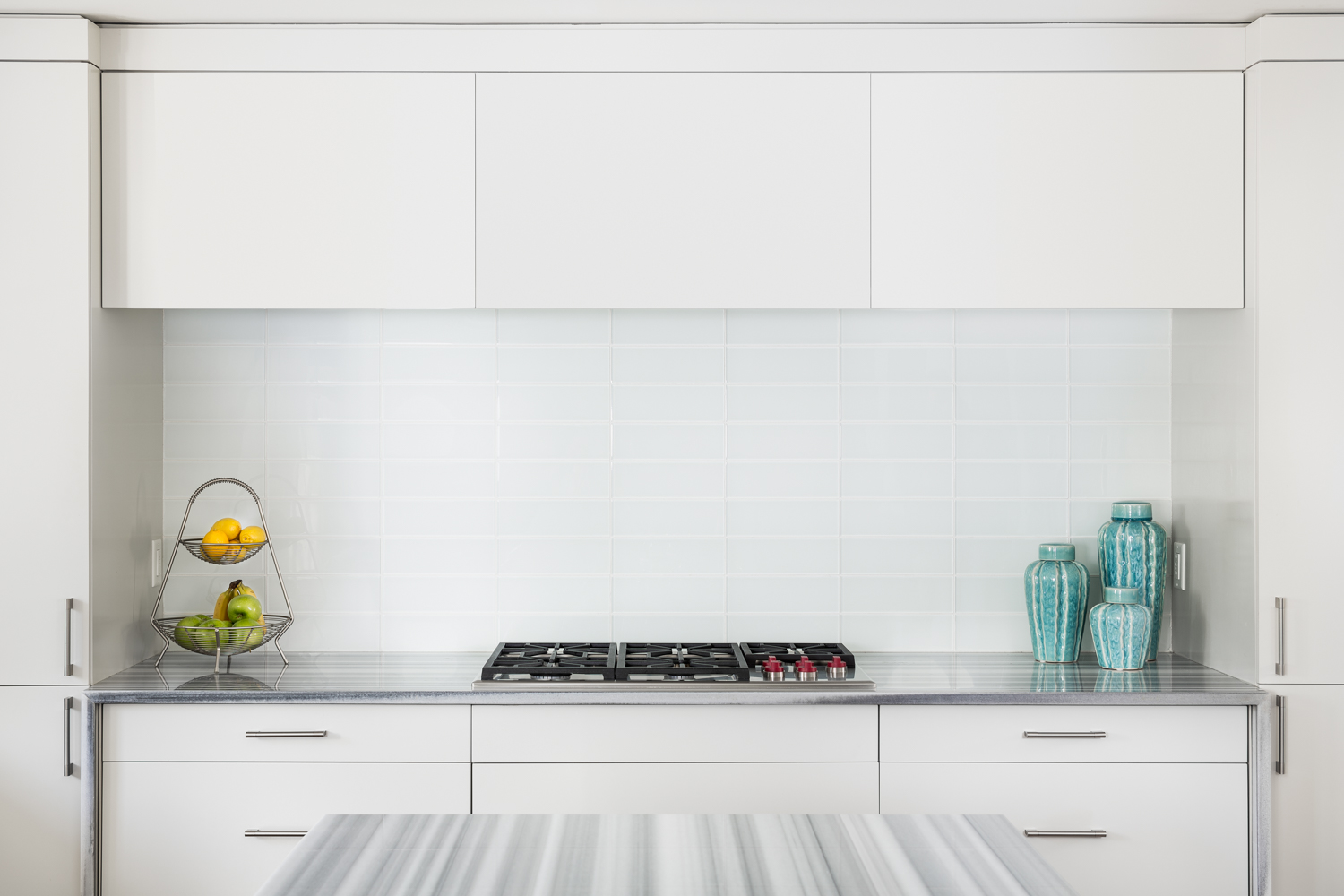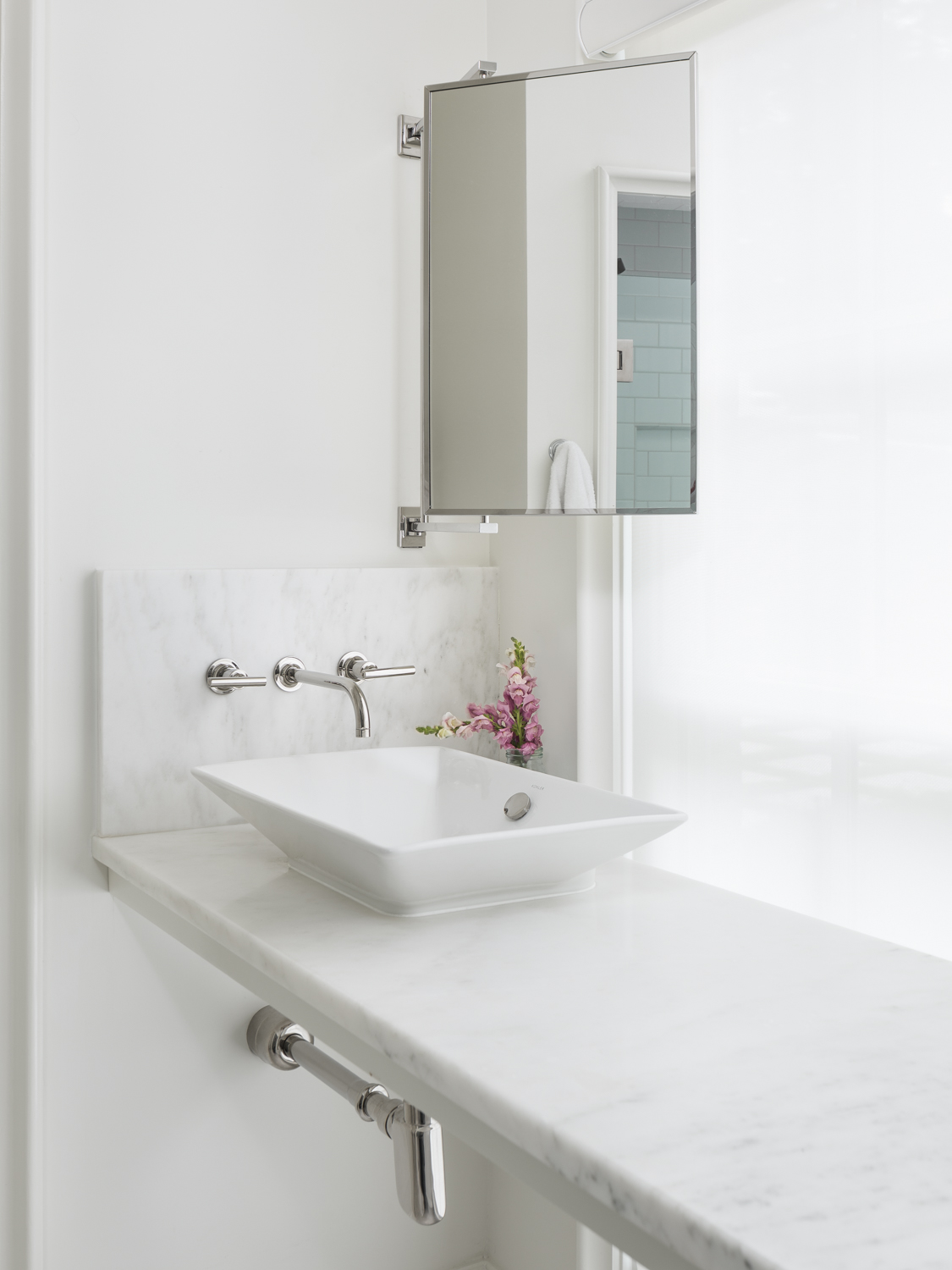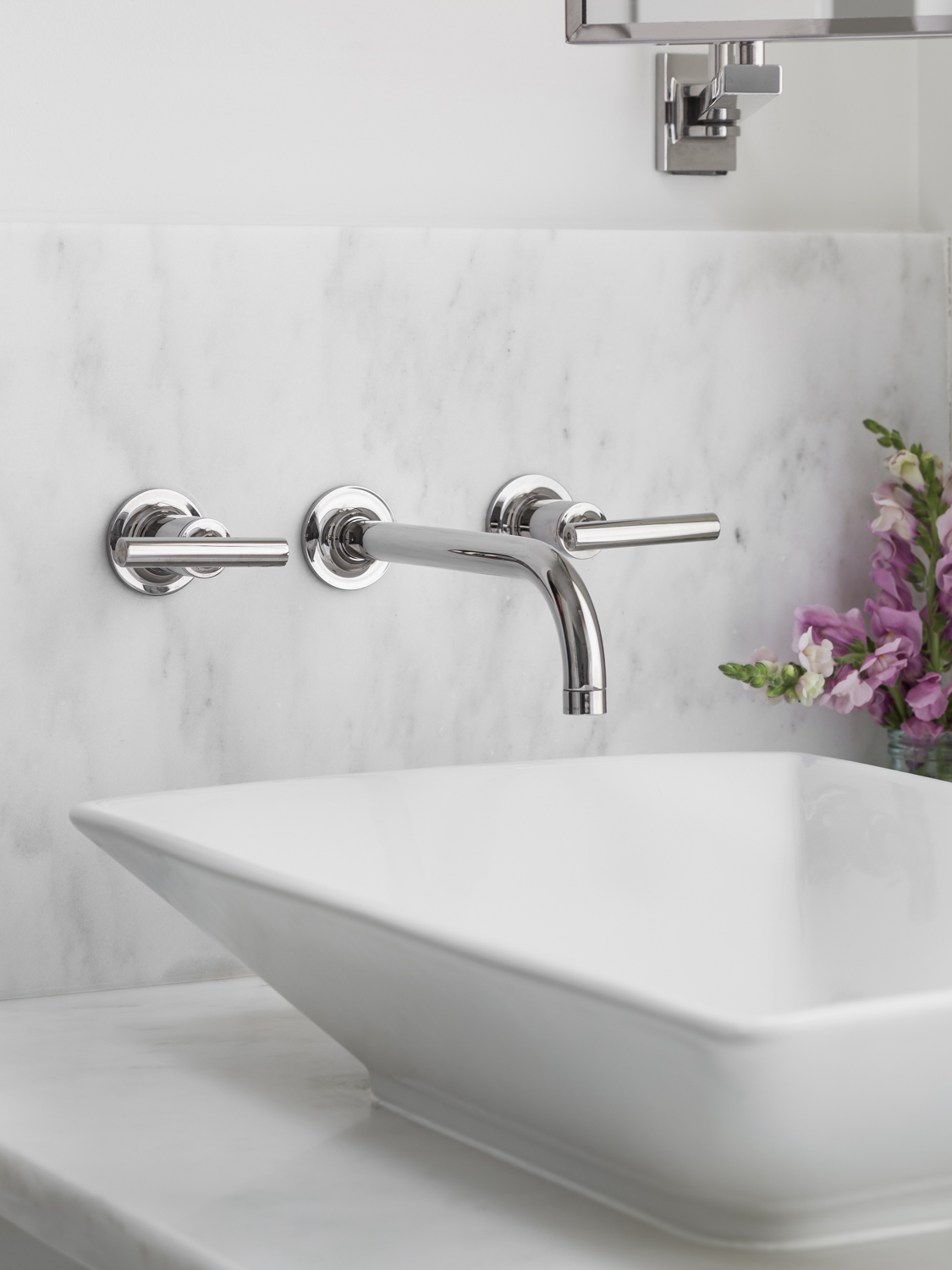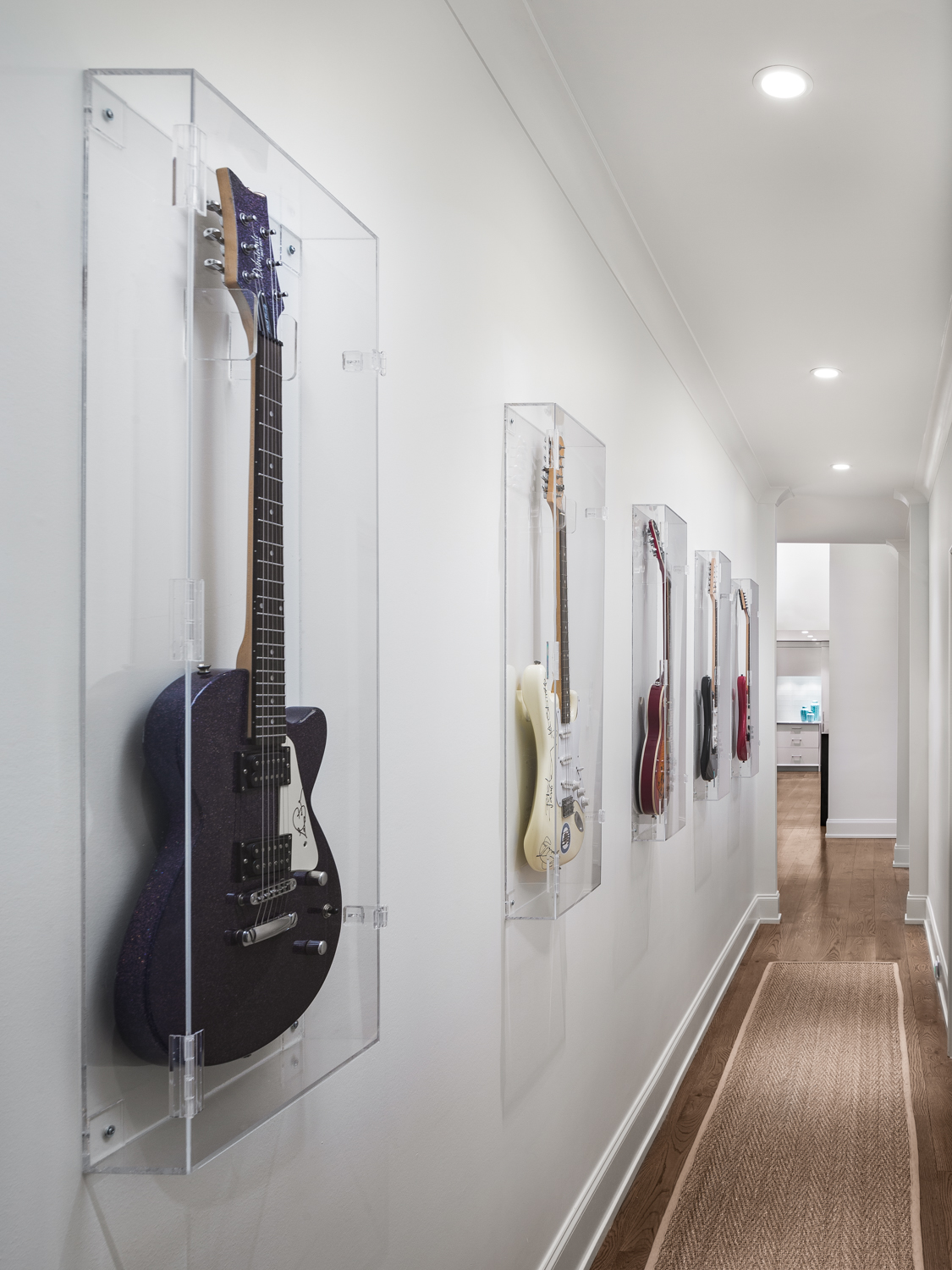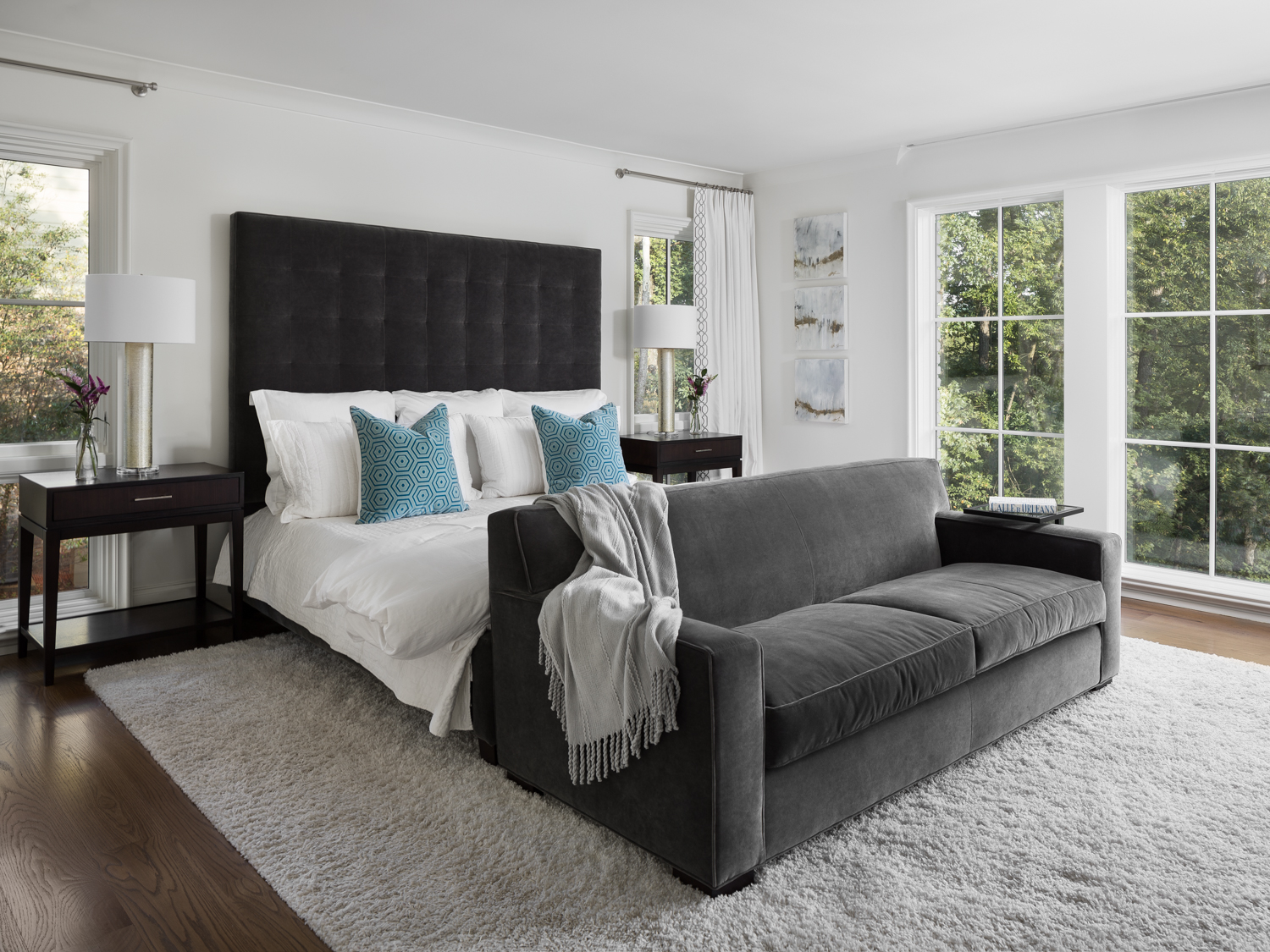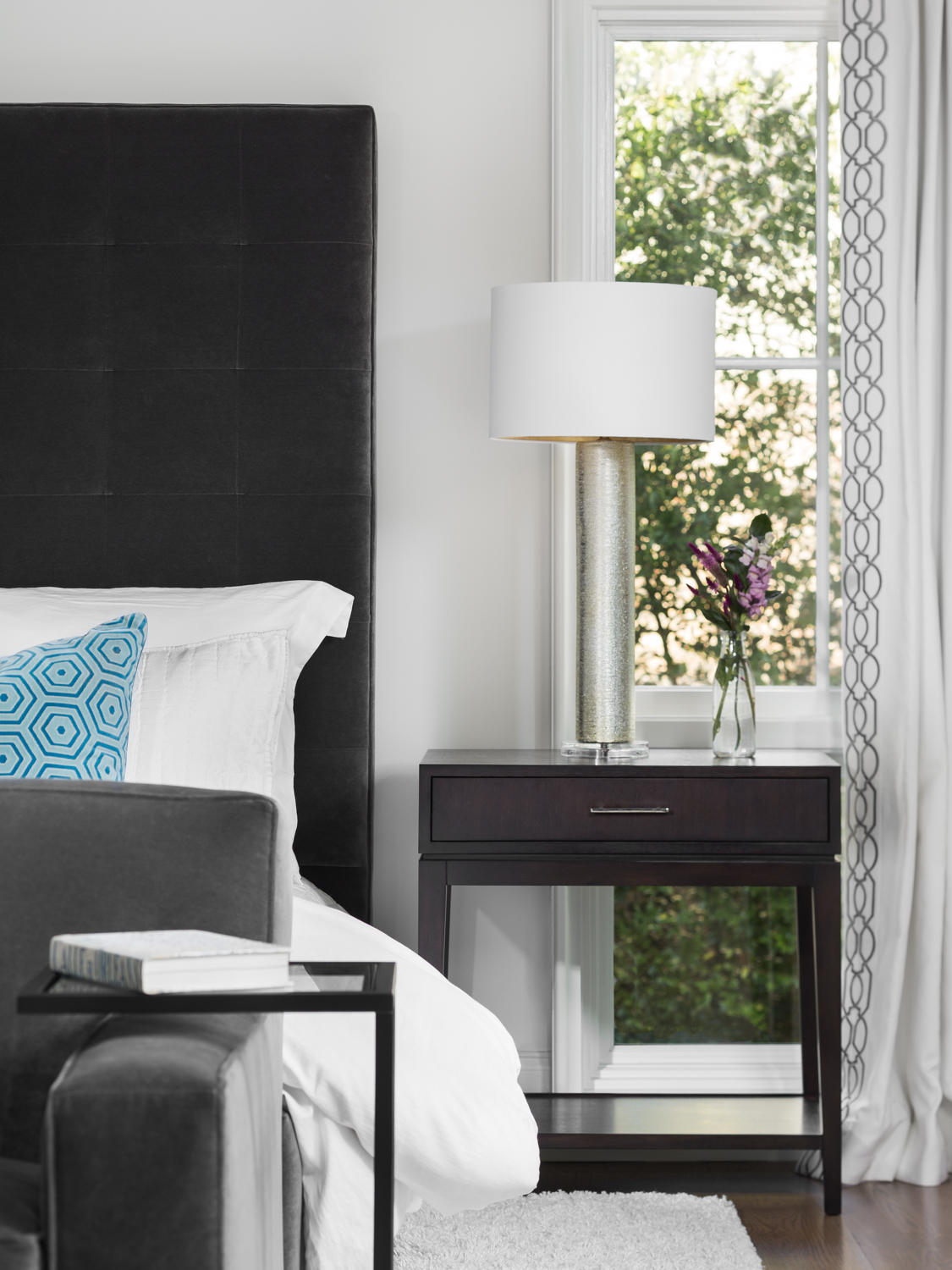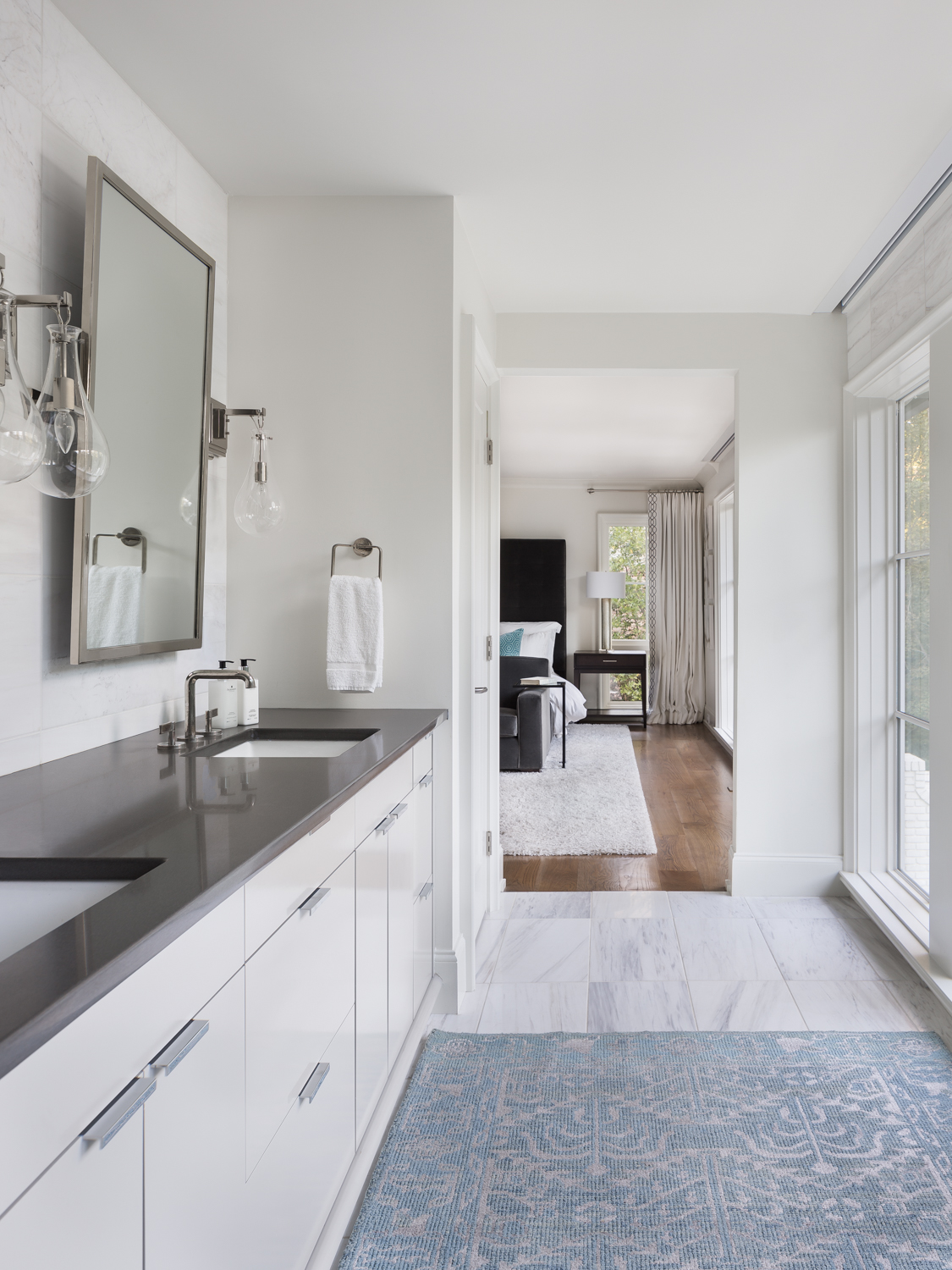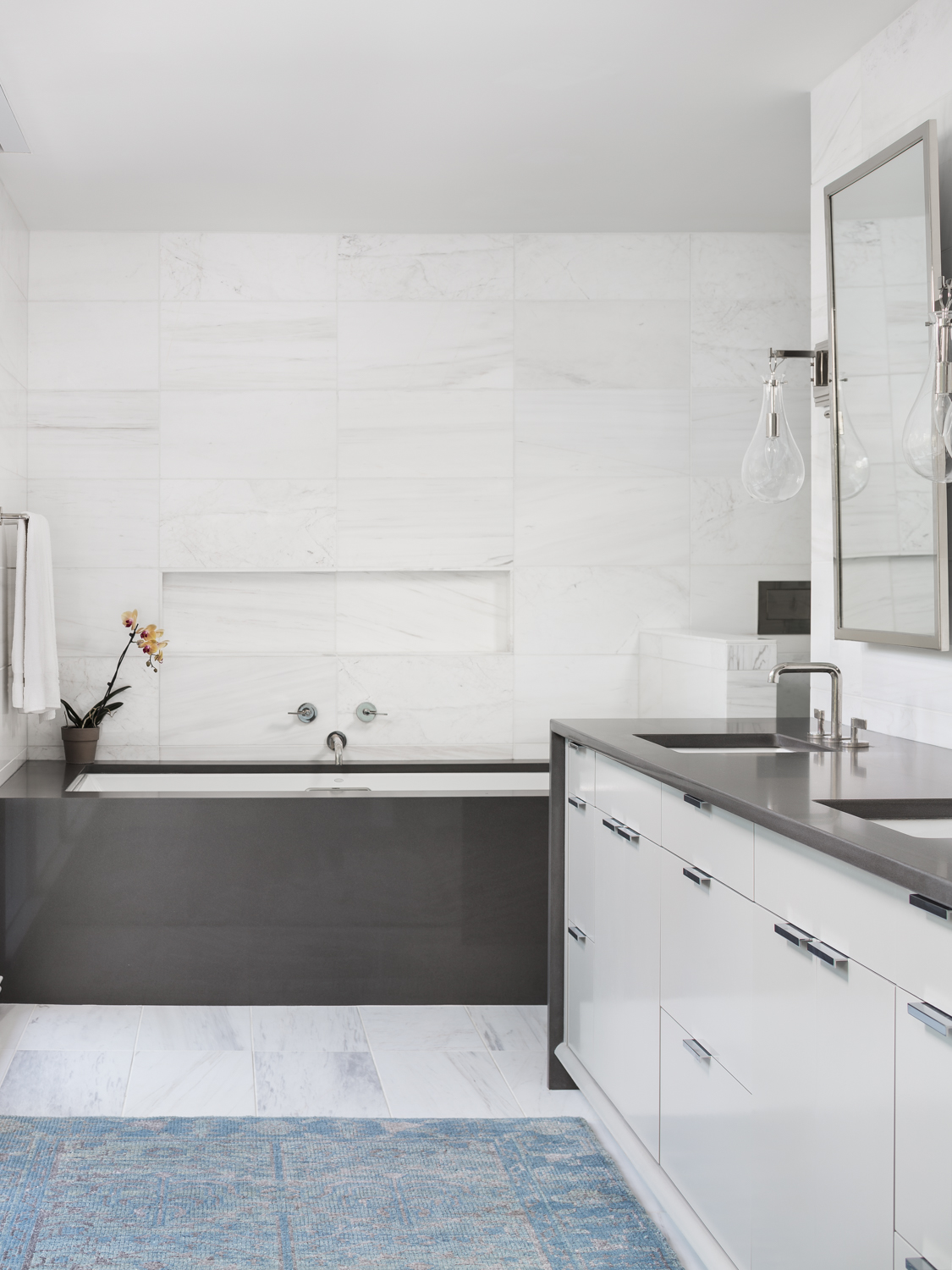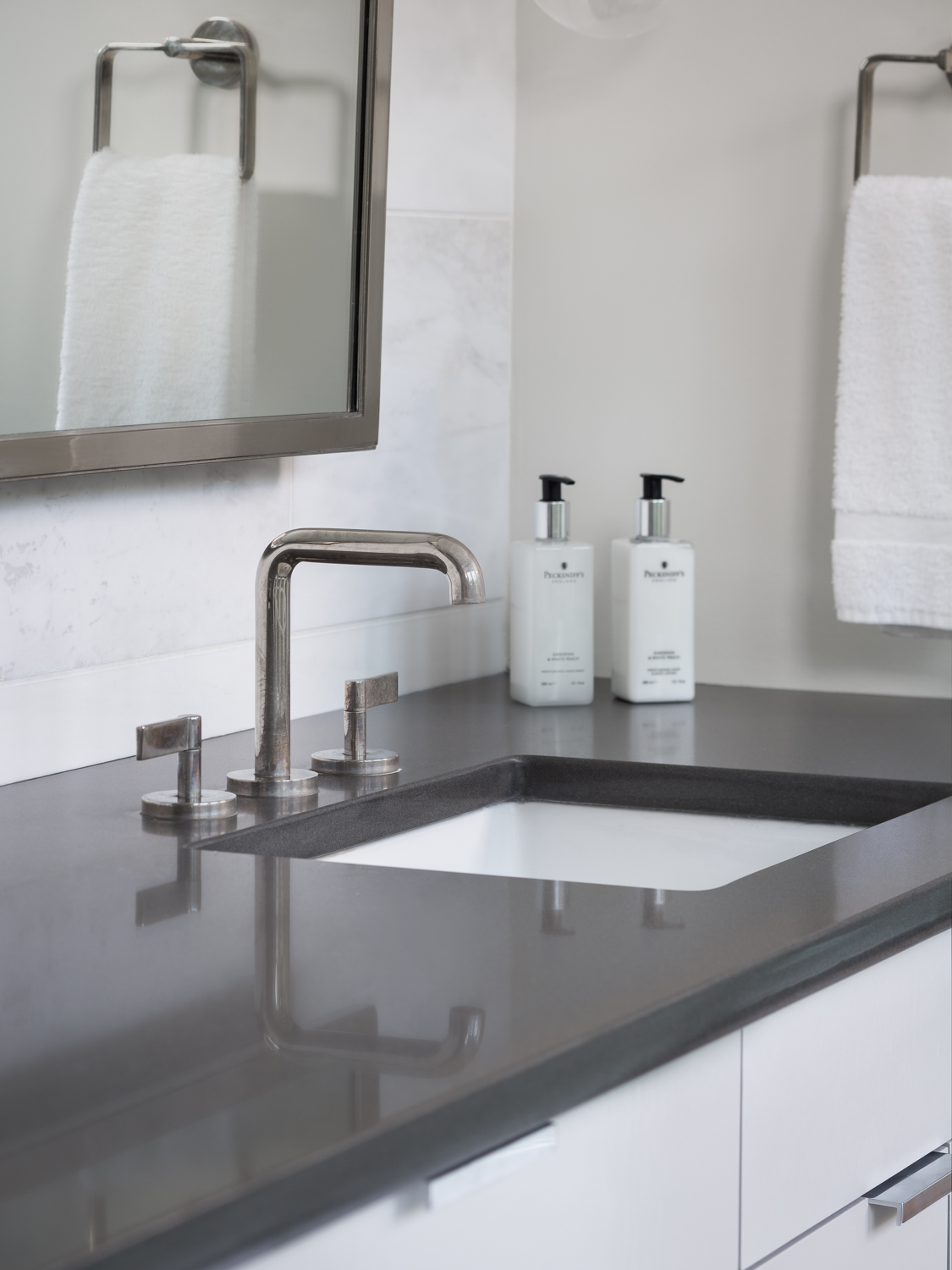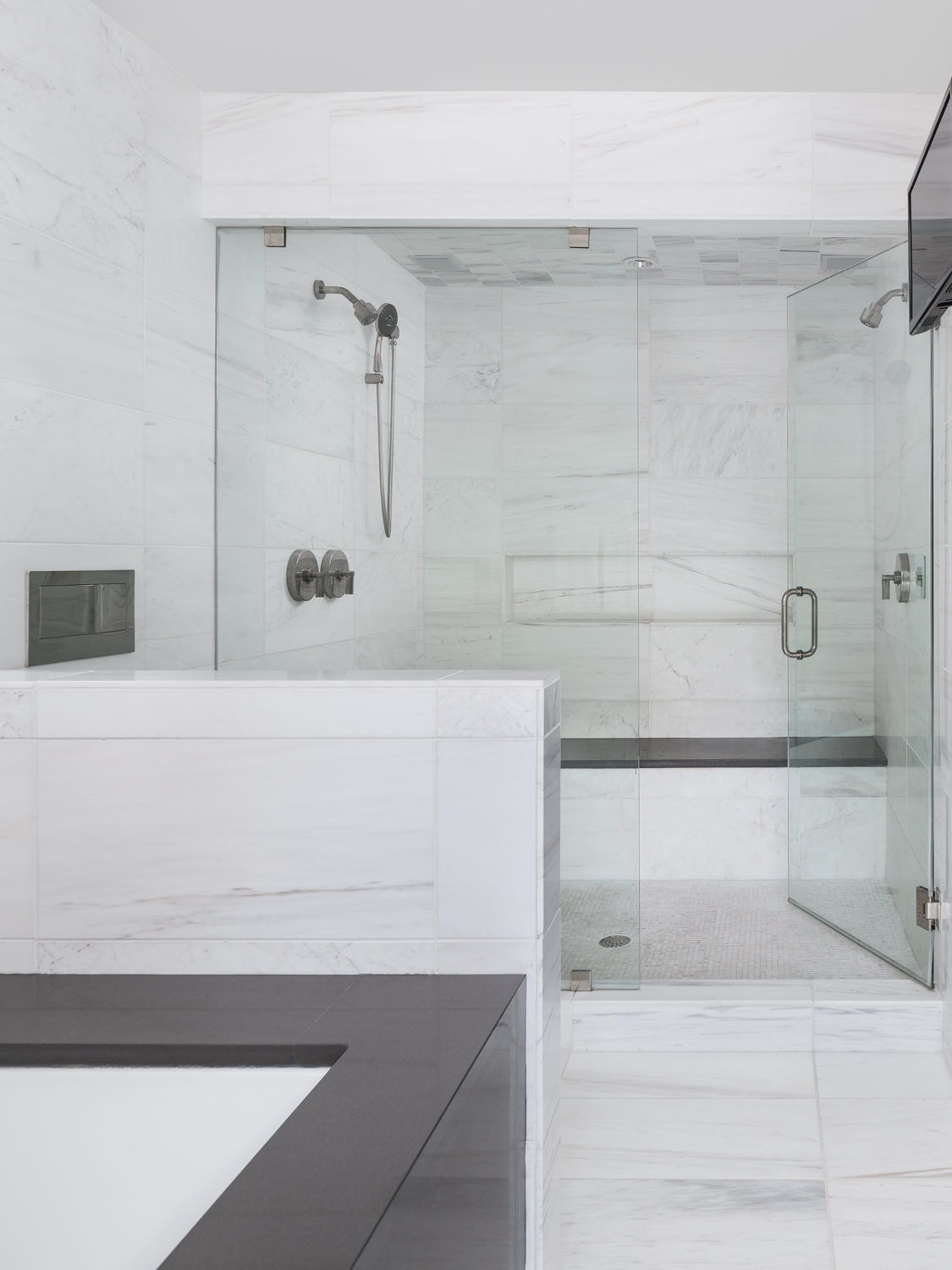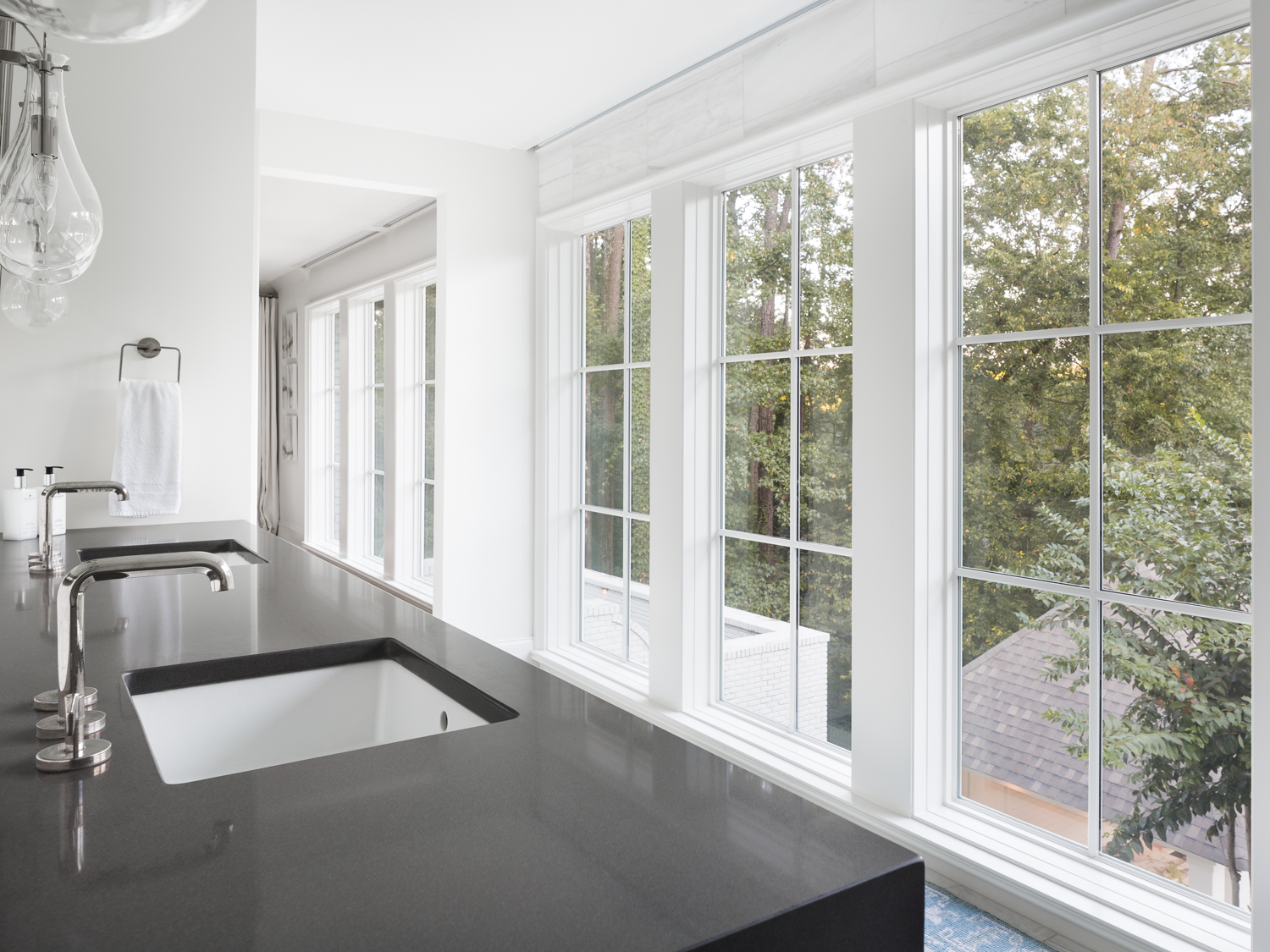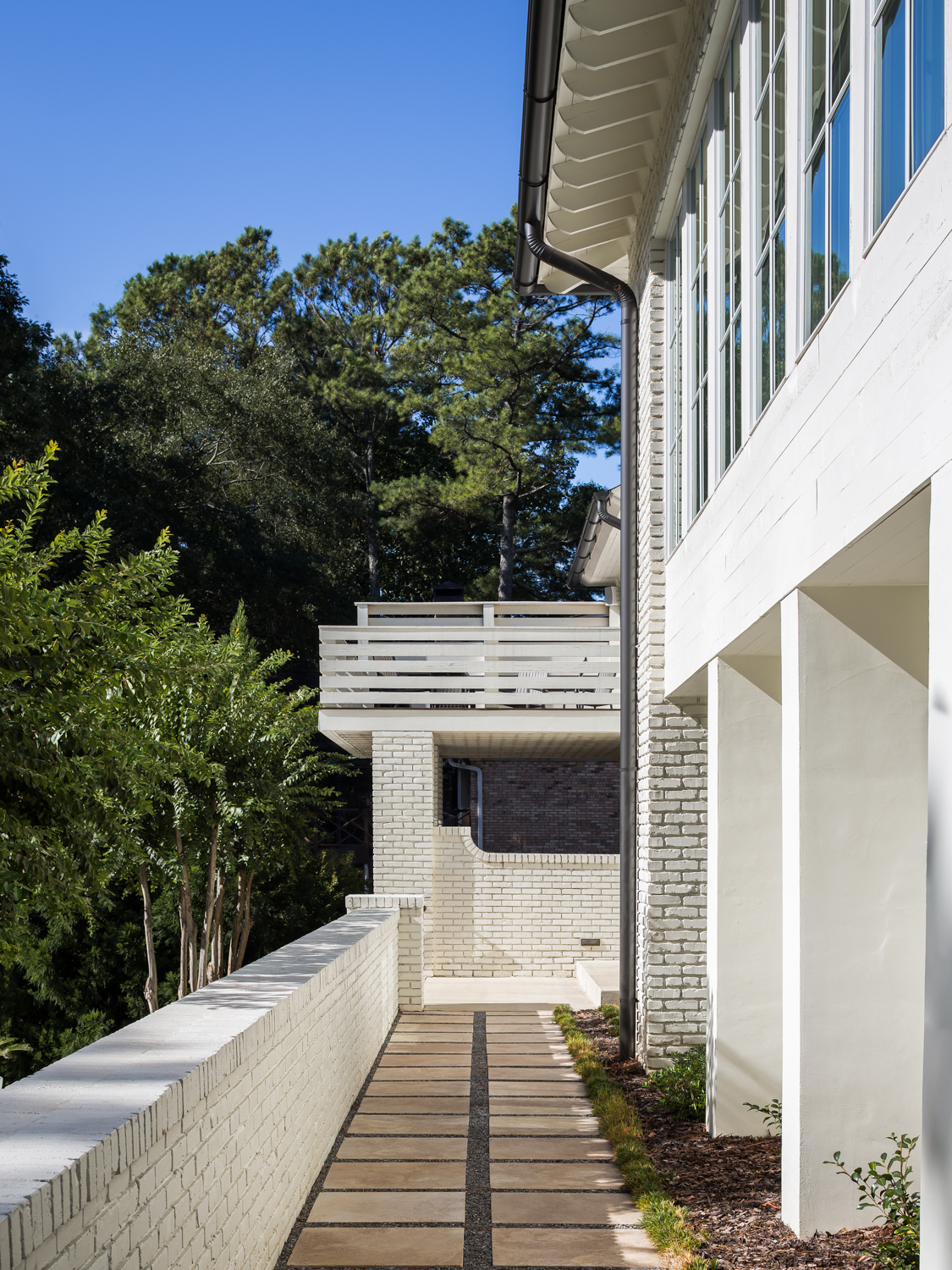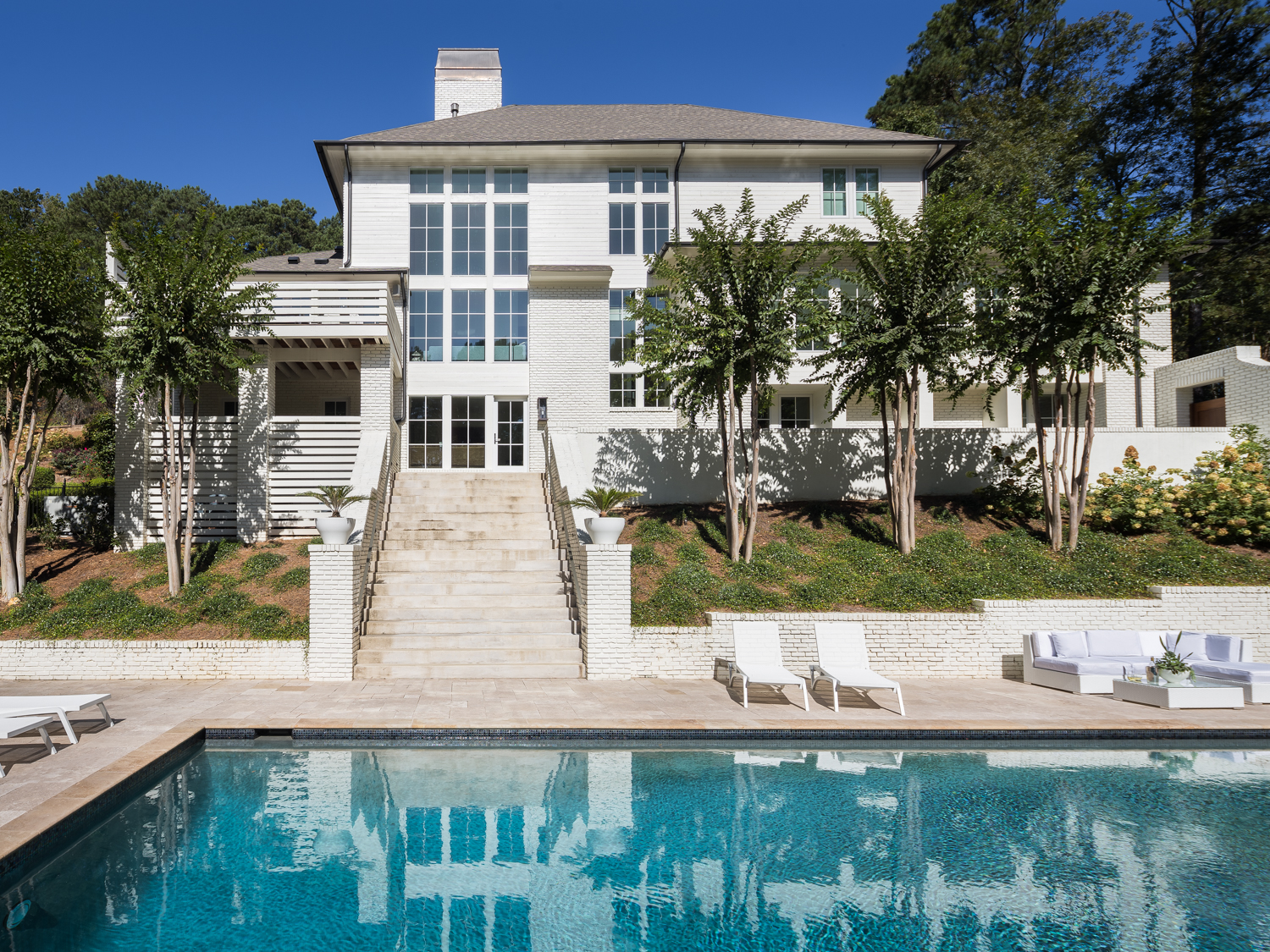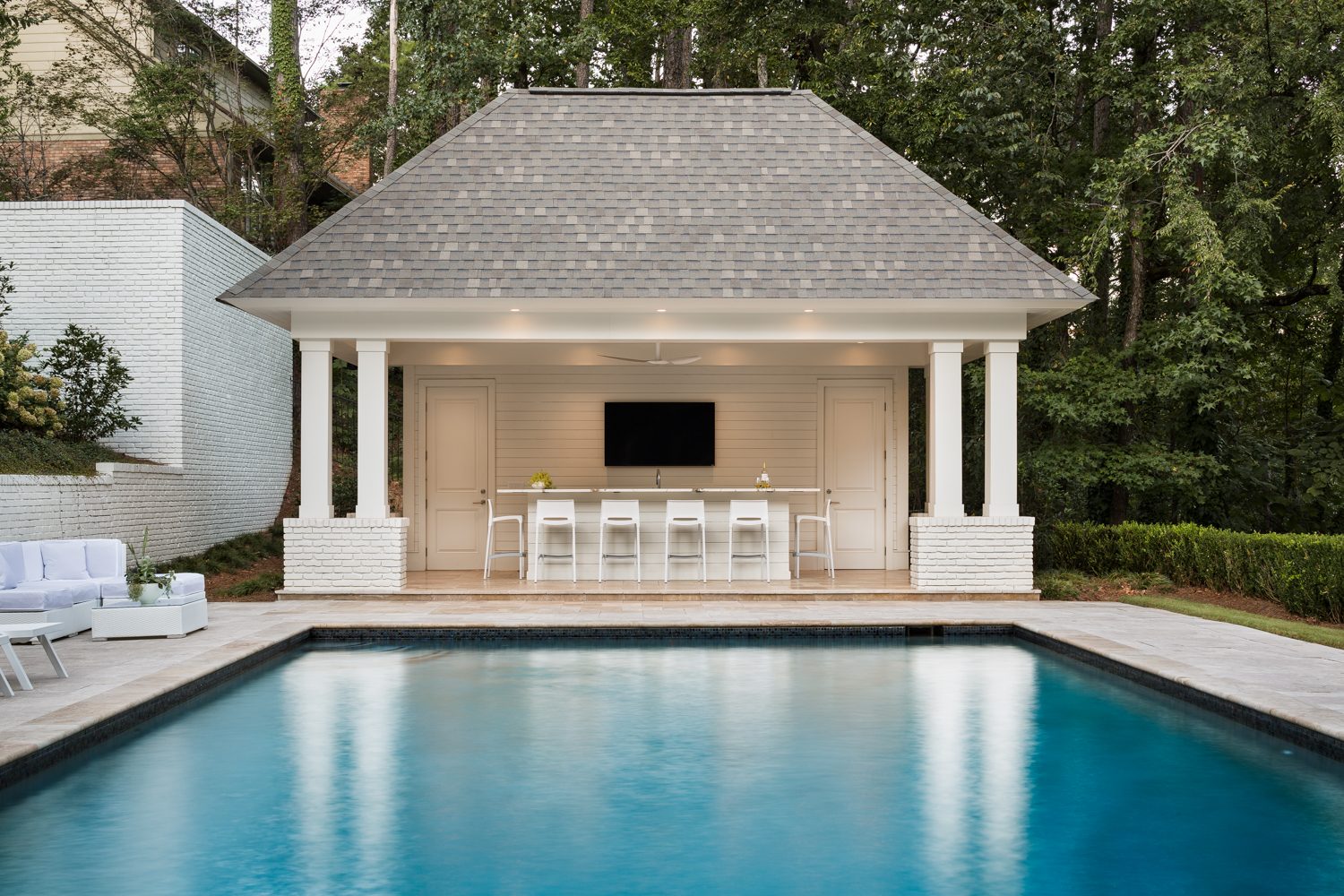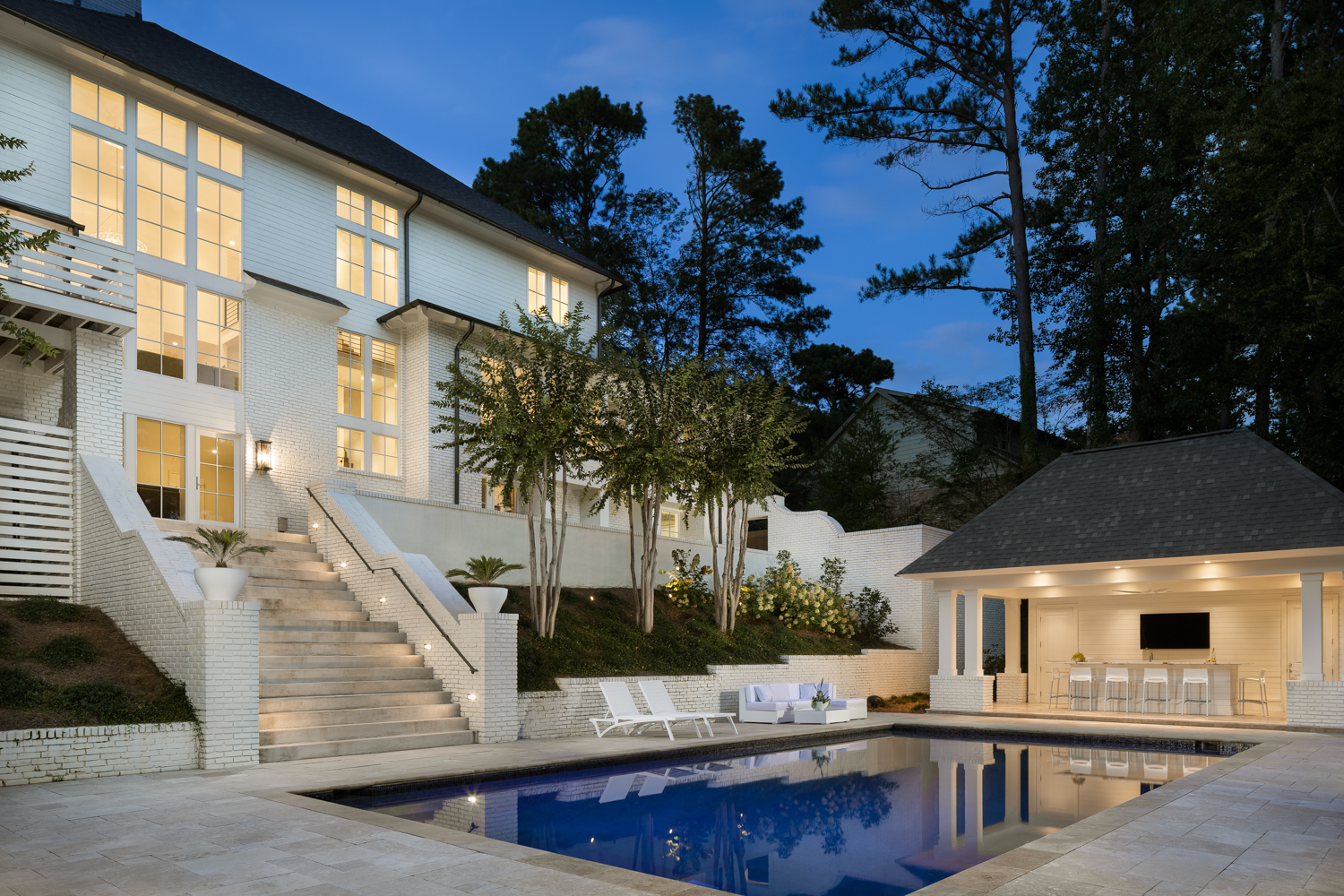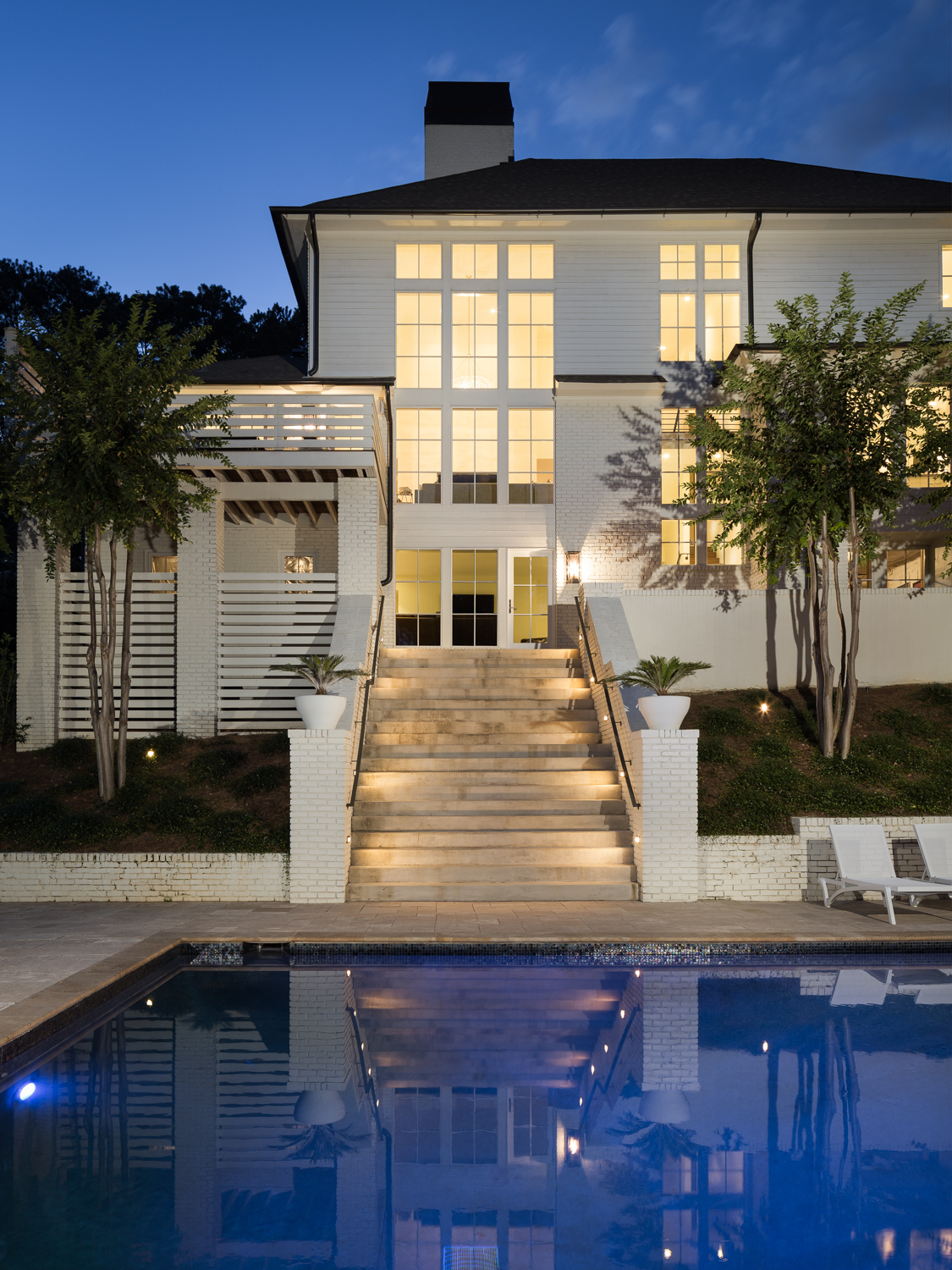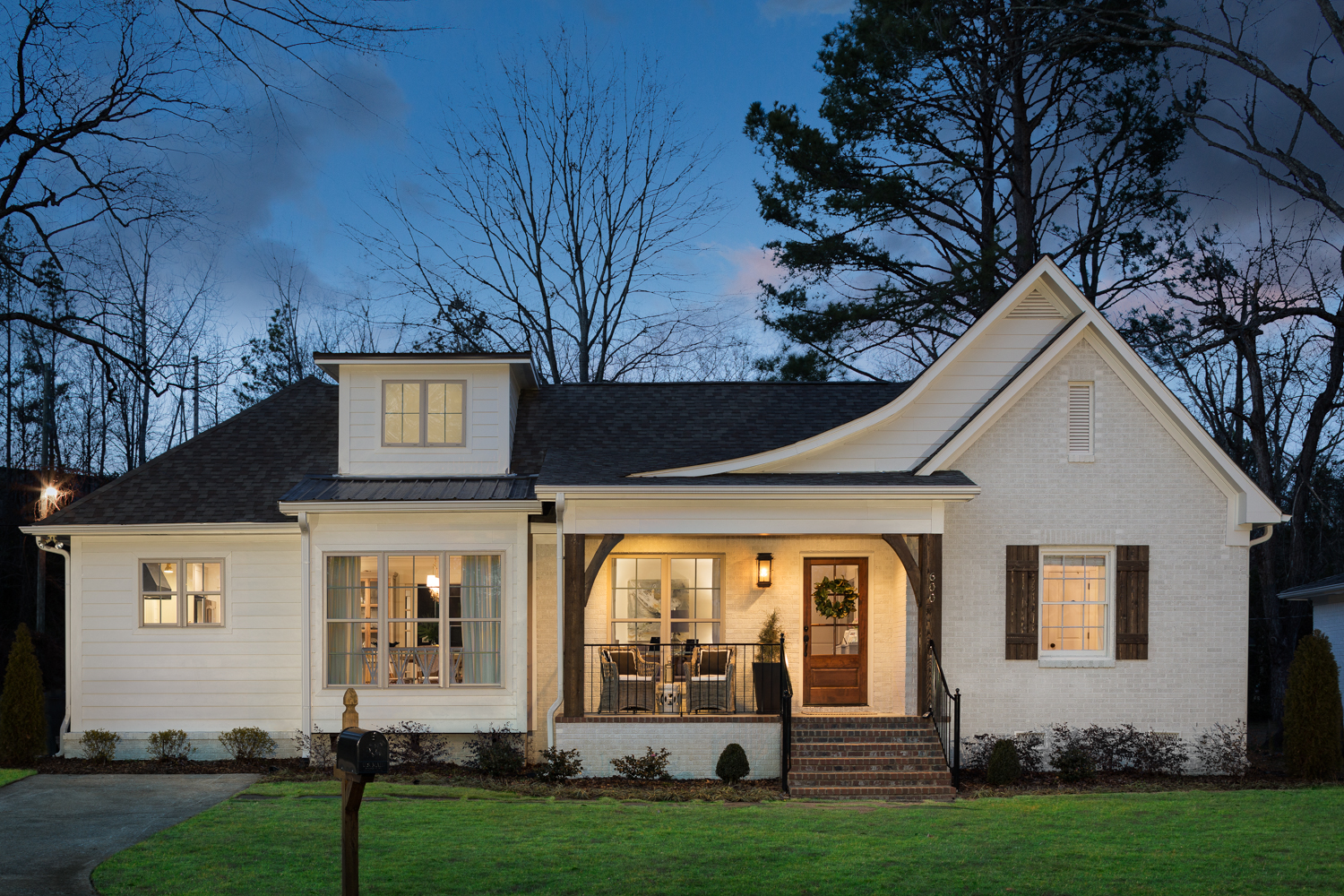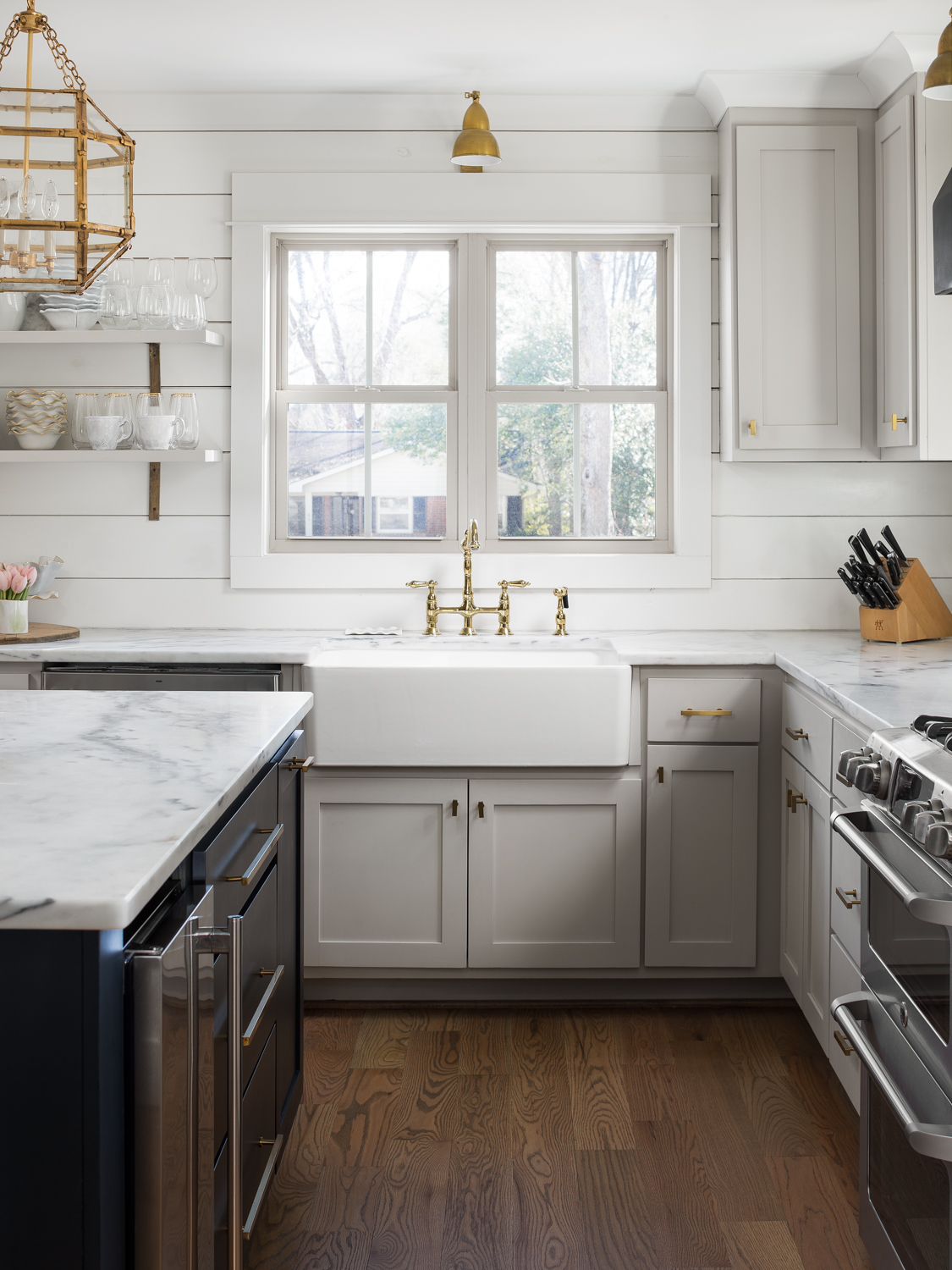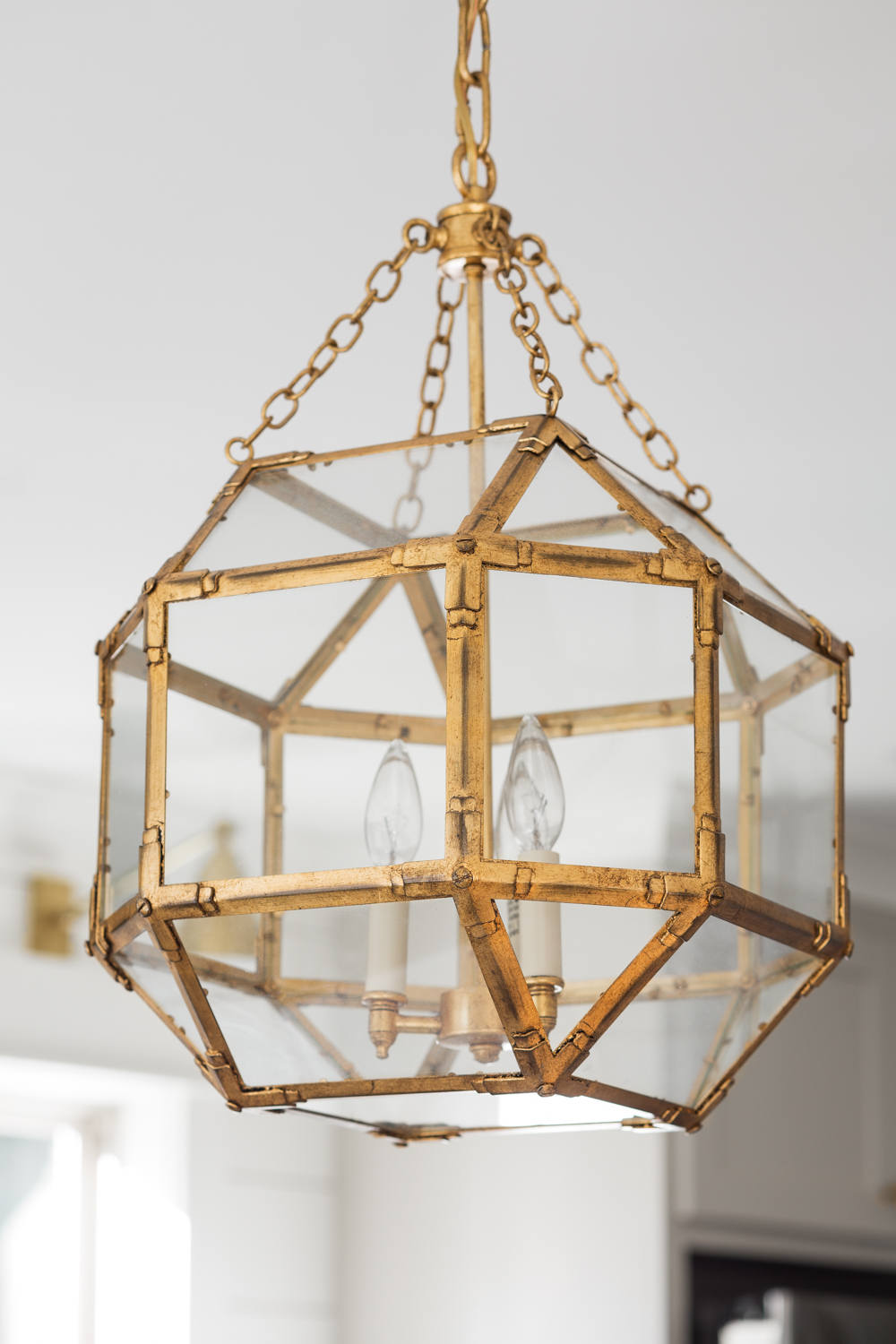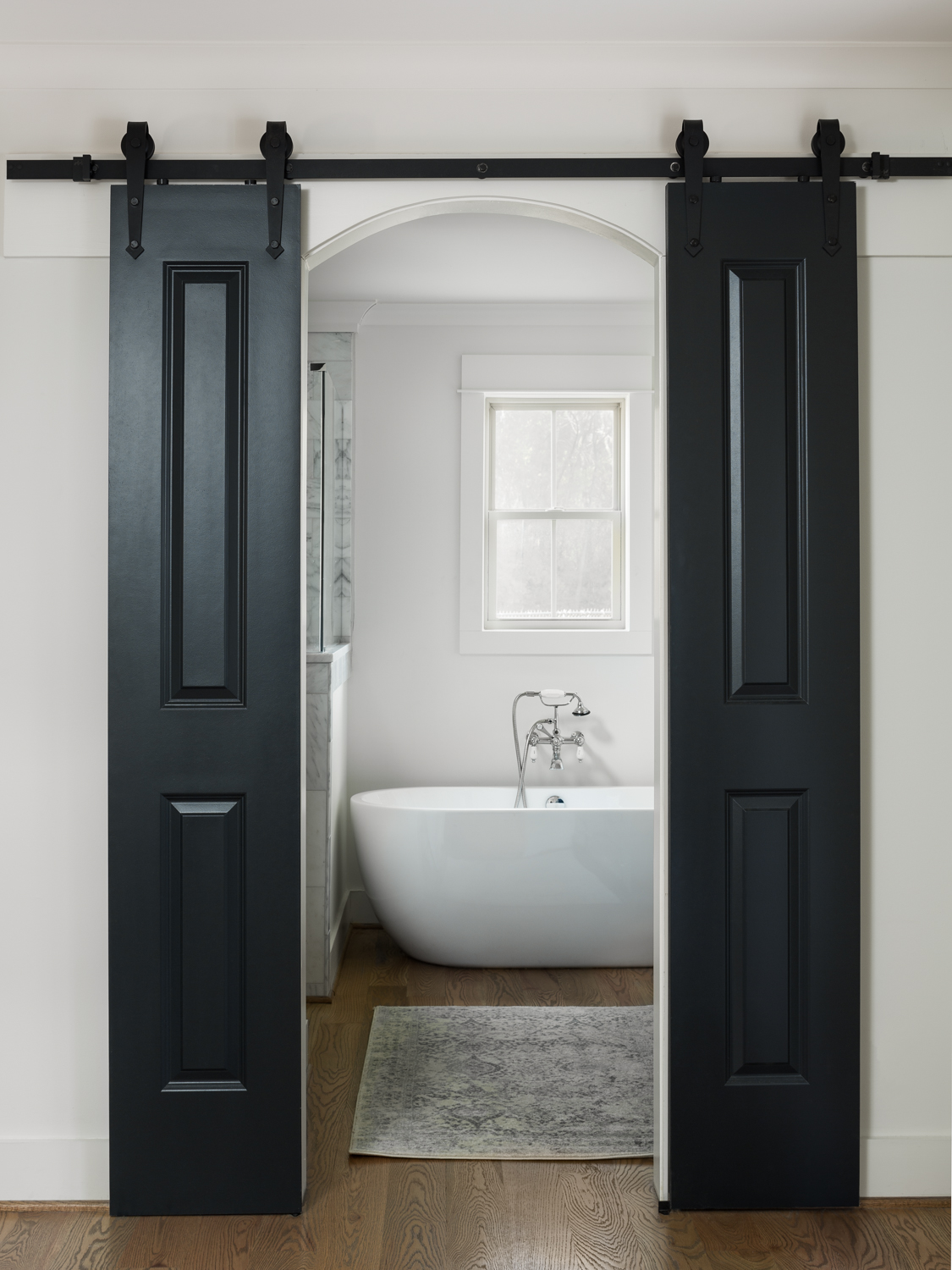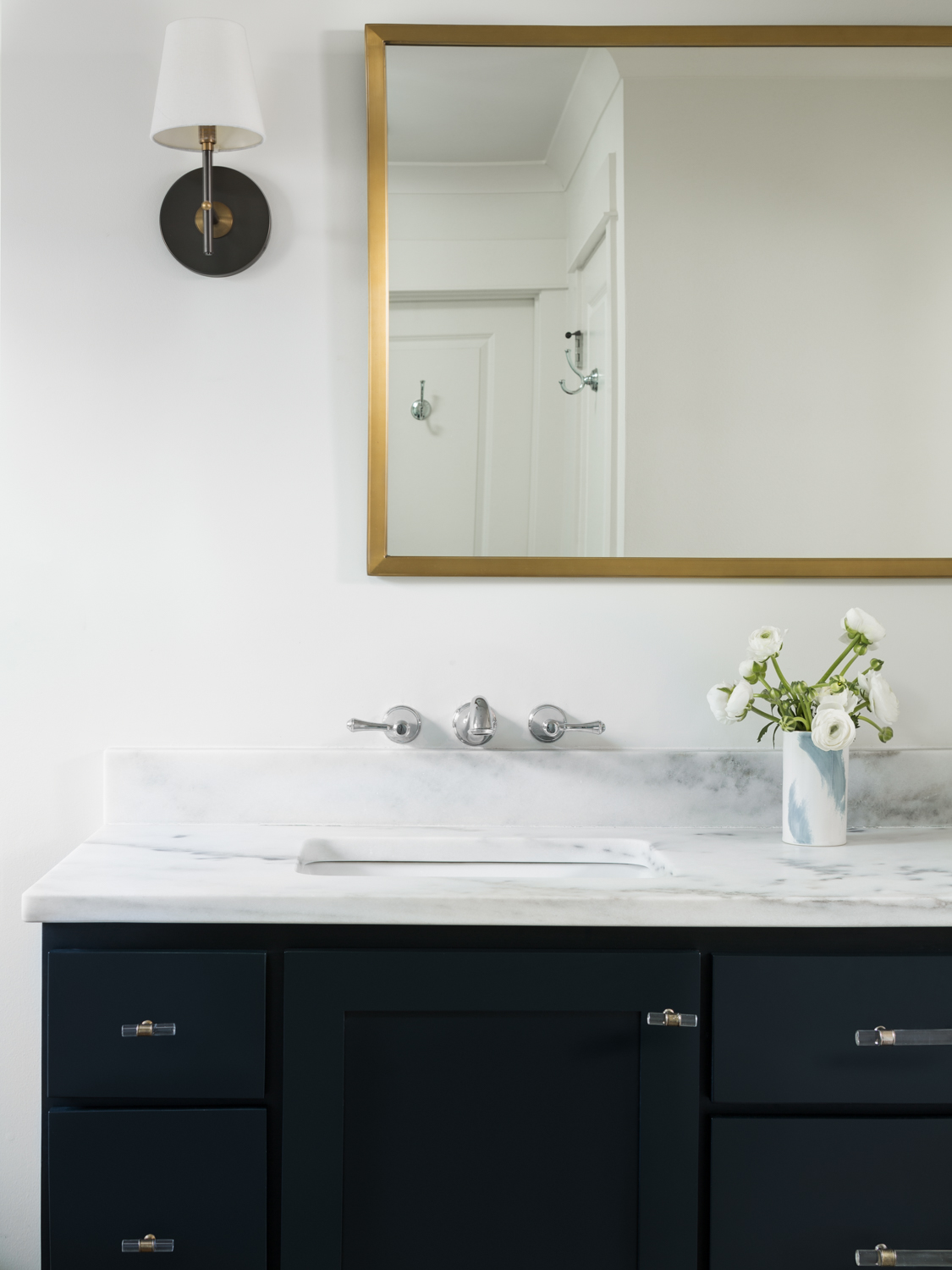Why Hire a Professional Photographer
Article for AL Design, the magazine for ASID
I was honored to be asked to write an article on why interior designers should hire a professional photographer instead of photographing their projects themselves. Here’s the complete article! You can see the whole issue here.
Why hire a professional photographer?
To answer this question, let’s first ask, “Why do your clients hire you?”
Very few builders, and even fewer clients, are truly skilled at interior design. The reason the profession of interior design exists is to provide skilled and inspired guidance and project management. Anyone can pick out paint colors, shop for furniture and fixtures, and put them together in a space. Not many people can form a vision of what a space can be and what its true potential is. Rarely can people can bring the elements of color, style, form, and function together in a coherent way on their own. That is why they hire a professional; that is why they hire you.
Now, some of you may be excellent photographers in addition to being interior designers. However, it is more likely that most of you are not. Especially when it comes to the niche of architectural and interiors photography (we’ll shorten that to A&I from here). Just as you have honed your skills to address the needs of your clients, so have most professional photographers.
Interior image for Frusterio Designs. Note the straight horizontal and vertical lines and detail in the chandelier.
Kitchen remodel photographed for Drake Homes. I brought in fresh bread and vegetables to add to the staging and worked with the designer to bring the shot together.
What about the cost?
When I first started my business, I worked from home. I thought, there’s no way I could afford the expense of an office. I was barely making it as it was, so how could I take on an additional expense? I found that I was constantly being pulled from the duties of my company to take care of the duties of my home. I finally decided to bite the bullet and go for it. In the first year, I was so much more productive that I doubled my revenue. What I thought was saving me money was actually costing me much more.
Obviously, hiring a photographer costs more than if you took photos yourself, at least up front. However, just as it was when I moved out of my home office, by not hiring a photographer, you are reducing your revenue, not increasing it.
Better photos means a better looking website, a stronger social media following, better print materials, and a more polished professional look. The better your website looks, the more likes, shares, and followers on social media, and the better your advertisements look, the more high-end clients you will attract. If the look of your business is low-end, your clientele will be also. Better photos mean more competition awards, which lead to more legitimacy, prestige, and awareness.
“I value the impact it (professional photography) has on my marketing as well. It makes my business appear more professional and attracts higher-end clientele.” - Nicole Shultz, Limerence Design
A lot of time was spent working this set up and final image for Watters Architecture to bring it all together!
Many photographers also have relationships with publications and can assist in getting your projects featured in print or online publications. The higher quality the images, the more likely your work will be published. Not only is this free advertising, it further adds to your businesses prestige and legitimacy.
Many photographers also offer cost splitting arrangements with other parties (architect, builder, cabinet maker, stone provider, appliance, and furniture companies, to name a few) that can reduce the upfront costs. It is common for projects to be split by two or more parties; a recent project of mine was split by five! Not only can this help reduce the cost, it can also help you grow relationships with other businesses that are potential referral partners. Most builders and architects want great photos of their projects. If you are able to help them get great images and reduce their costs in getting them, you are a problem solver. They will be more likely to bring you into projects knowing that you are helping them grow their business.
Better Client Experiences
The best way to ensure happy clients, clients who send referrals, clients who write positive reviews, and clients who continue to use you more than once, is to deliver results that meet or exceed their expectations. When you sit down to plan the project with your client, you are setting those future expectations. The client forms a vision of what their project will look like when the work is done. How the materials, colors, and finishes will look when complete. When things look different from that expectation, problems can occur. That is why many of my designer clients use my images of their past projects in their planning sessions. The techniques I use as an A&I photographer ensure that the photos accurately represent the colors of paints, and finishes, and materials. That the proportions of the space and how things fit within them are accurate. Designers who work with me know that when the project is complete, the colors their client chose, based on my images, will appear that way in reality. This is why having professional photos of your past projects are beneficial as references in consultations with future clients.
“The color renderings are helpful when I am showing a client a room with the same color I am specifying for them. The straight lines help balance the pictures and better represent the space in comparison to my skewed amateur photos.” - Nicole Shultz, Limerence Design
Just because you can doesn’t mean you should
As a small business owner, it is sometimes hard not to try to do everything yourself. We often try to do our own accounting, web design, marketing, graphic design, client management, and on and on. It can be hard to let go of control and can be harder to let go of the money to hire these things out to professionals. It is much easier to see the actual dollars spent than the potential dollars gained by better uses of your time. How much more could you grow your business if you were putting more time into building relationships with people who could bring you more business? How much more could you grow your business if you were able to devote more time to sharpening your skills and continuing your education? How much stress could you reduce in your life by reducing the number of roles you have to take on? Hiring a professional photographer to create stunning images of your projects not only means one less thing you have to do yourself, it also gives you another tool to use when working on growing your business. Even if you are a good photographer in your own right, that doesn’t mean you should be the one photographing your projects. Doing it yourself might actually be costing you revenue, not increasing it.
“Owning your own company requires a person to wear many hats, and be proficient in many areas. It is just not possible to do everything. I found that it saved time, money and frustration to hire professionals to do the things that I was not interested in, or very good at doing (I want to decorate, not do taxes or build websites). Although I still do the majority of the running of the business, hiring a photographer proved to be the best investment in your own company!” - Rebecca DeShazo, DeShazo Interiors
Image courtesy of Nicole Shultz of Limerence Design. Notice the strong yellow/orange cast from the incandescent lights, the blue cast from the daylight outside, the skewed lines and lack of staging. These are all things I work to correct.
Not all photographers are the same
So you’ve been convinced, you’re going to hire a professional to photograph your projects. Now, how do you decide which one?
In the medical profession, you have doctors who are generalists and ones that are specialists. The generalists are fine for most things, but you wouldn’t want them doing brain surgery or cancer treatment. For the more complex procedures, you need a highly trained physician who is focused on their specific area. Photography is very similar. There are many types of professional photographer: wedding, portrait, landscape, nature, sports, news, fashion, pet, baby, etc. Each has its own styles, techniques, and often unique equipment. There are some photographers who try to be generalists. Some are willing to photograph anything as long as someone is paying. However, the old saying, “jack of all trades, master of none” is very applicable to the profession of photography. This is especially true with A&I photography. The skills, techniques, lenses, and even things like the type of tripod (and a tripod is 100% necessary), are completely unique to this discipline. Just as you wouldn’t want a heart surgeon to reconstruct a knee, you don’t want me to photograph a wedding. The results would not be pretty!
Think of the times you’ve tried to take your own photos. How often are the lines crooked or the proportions not true to life? Architectural photographers use tilt/shift lenses and geared tripod heads that allow us to get straight horizontal and vertical lines without the distortion you get with conventional lenses. These lenses are expensive and require skill to use and would be terrible for portrait photography.
How about colors? How often have the colors in the image been powerfully orange or blue or green? A&I photographers use color calibration targets so the camera and computer have references for setting color accuracy. I have calibration profiles for each camera and lens combination I use, and the monitor I use is color calibrated every month. There are various colored gels that are used on my lights as well as existing lights to ensure consistency. All of this takes time, knowledge, and financial investment to ensure the colors in the final images are true to life. So when you are planning with your clients, you will know the colors will look the same in real life as they do in the images.
How about reflections and hotspots? Look back at previous photos of things like bathrooms and kitchens? How many have strong and distracting reflections in glass? Most A&I deploy special equipment (scrims, go-bos, reflectors) to control or eliminate those reflections.
I’m holding a color reference chart, this will be used by the computer in post production to help make sure colors are represented accurately.
Kayleigh Henderson, Director of Interior Design for River Works Design Studio, uses my ipad which is providing a live feed from my camera to stage an image
I’m holding a “scrim” which is used to control reflections and hot spots in the image which can be distracting to the viewer.
My assistant, Chris, cleans the stainless steel in a kitchen we’re photographing for Willow Design Studio. I carry a cleaning kit with specialty cleaners for steel, stone, glass, and even acrylic. We take time to make sure each shot looks the best it can.
Beyond the technical aspects of the image, creating powerful images that attract the attention of potential clients requires artistry as well. I collaborate with clients to craft the look of the image. We discuss what is the story of this project, and what are the important aspects to highlight. Many A&I photographers will bring in props or work with a photo stylist to bring life to the images.
While a high quality professional photographer is likely to get better photos than an amateur, the best possible images will come from a photographer who specializes exclusively in architecture and interiors. They will have a better understanding of your unique needs, and will have the equipment and skill set to make sure of the best possible quality.
How to find an Architectural and Interiors Photographer
There are lots of great resources out there for finding a high quality A&I photographer. Many of my clients find me on Instagram and Facebook. Houzz has a photographer referral program. Another great resource is the Association of Independent Architectural Photographers (aiap.net). They have a directory of photographers by region.
Once you’ve narrowed down the possible candidates, take a look at their website. Do they have a consistent, high quality look? Ask to see a couple of complete projects. That way you can see the way an entire shoot looks, not just the portfolio images. Ask if they use tilt/shift lenses and if they use color calibration. If not, move on.
A little side note, there is a difference in A&I and Real Estate photography. A true A&I photographer takes time to craft each image. To make sure that it is staged and composed, that the lighting is perfect, and that it matches the vision of the designer. This takes time and does not lend itself to speed. Real estate photography is about volume and getting photos that will help sell a house. Often they are photographed quickly and with super wide angle lenses that can distort proportions. Some A&I photographers do real estate as well, but just because someone can shoot real estate doesn’t mean they can do A&I.
Sometimes we’ll add a human element to the shot in addition to the staging in order to bring life to the space and show how it’s used.
To Wrap it Up
When you are scrolling through Instagram, Facebook, Houzz, and Pinterest, looking at your competition or designers you find inspirational, think of what images stop you. What images grab your attention and make you want to learn more? Now look and see, were they taken by a professional or the designer themselves? Chances are that the vast majority of the ones you stop to take a look at, the ones you hit that “like” button on, have a photo credit. They were taken by a professional. Now, imagine you are a client searching for a designer. In the sea of designers, whose images, whose work, is going to make them pause and want to investigate further?
Hiring a professional A&I photographer will save you time. It will help you focus your time more efficiently, help your business grow, and increase your income. Photographing your own projects isn’t saving you money, it is actually costing you money. So hire a professional photographer for your next project!

